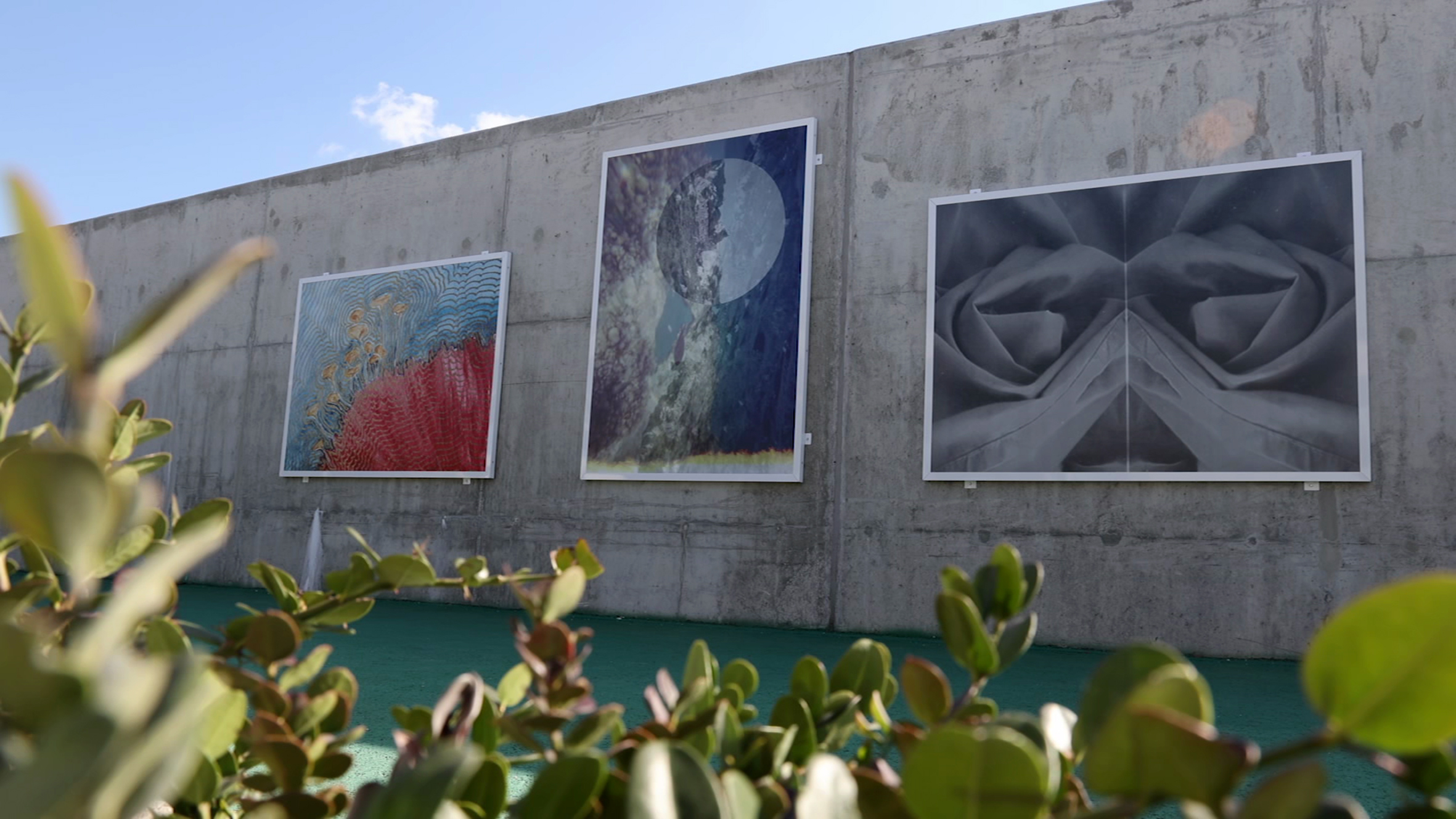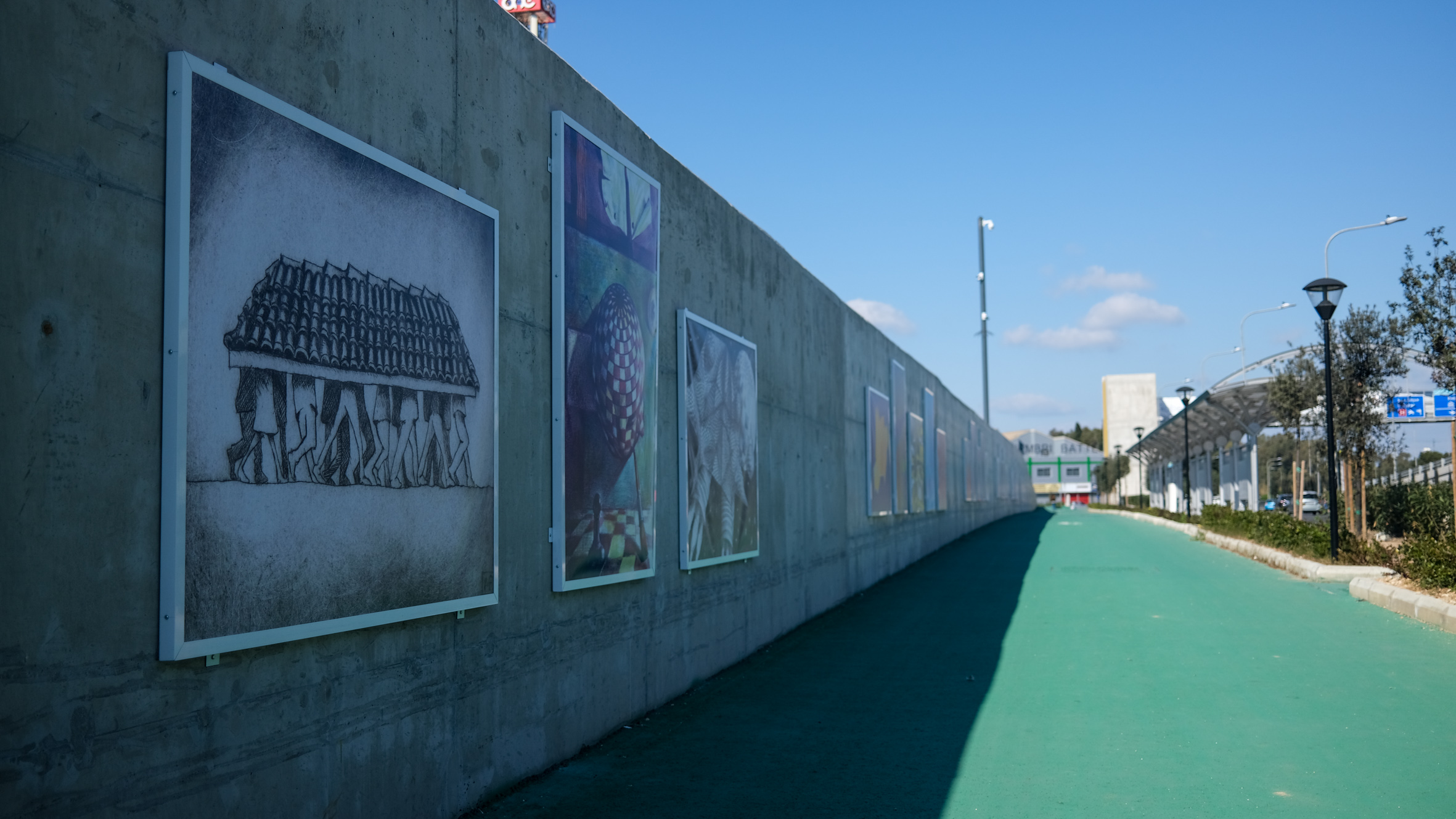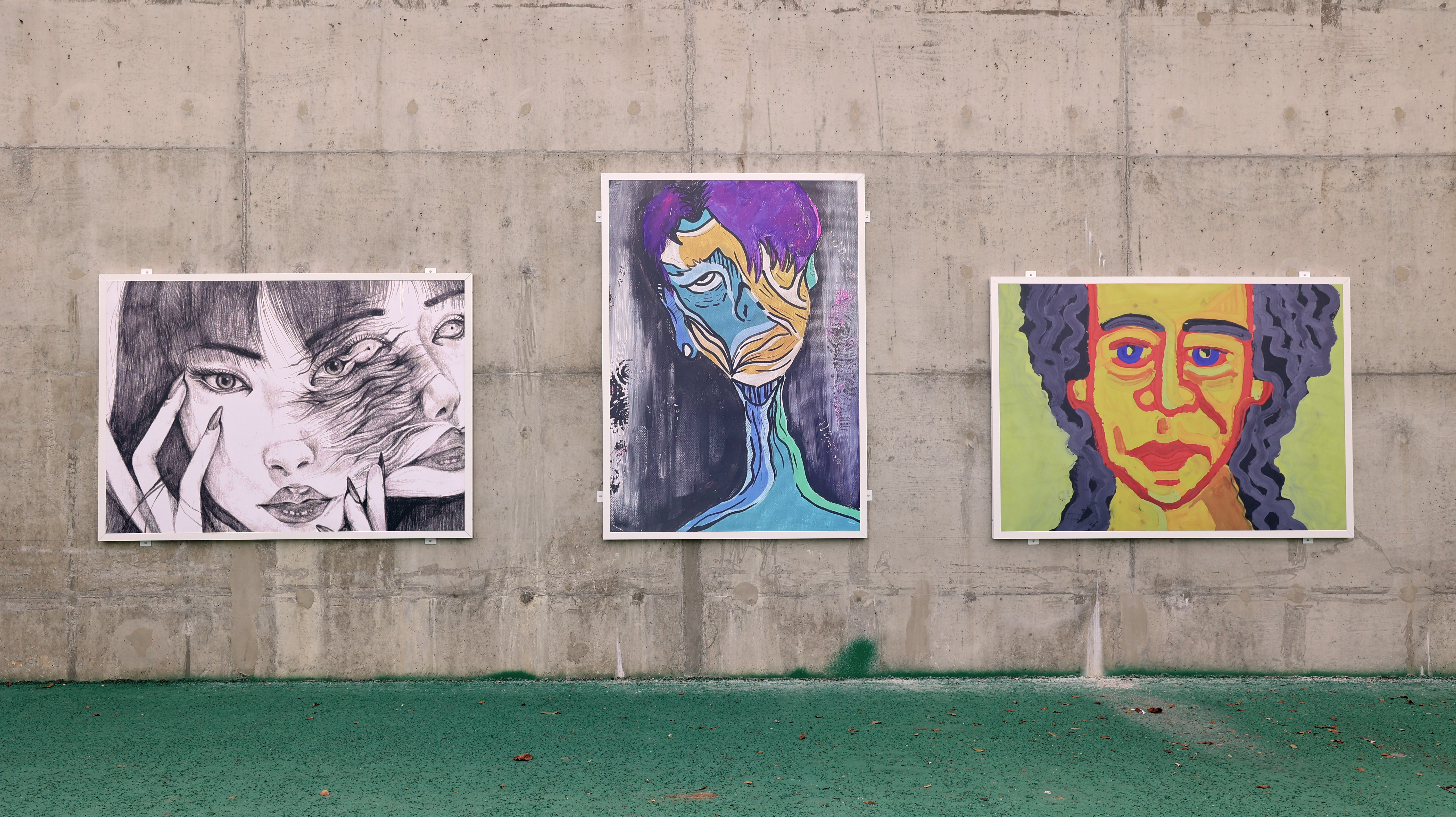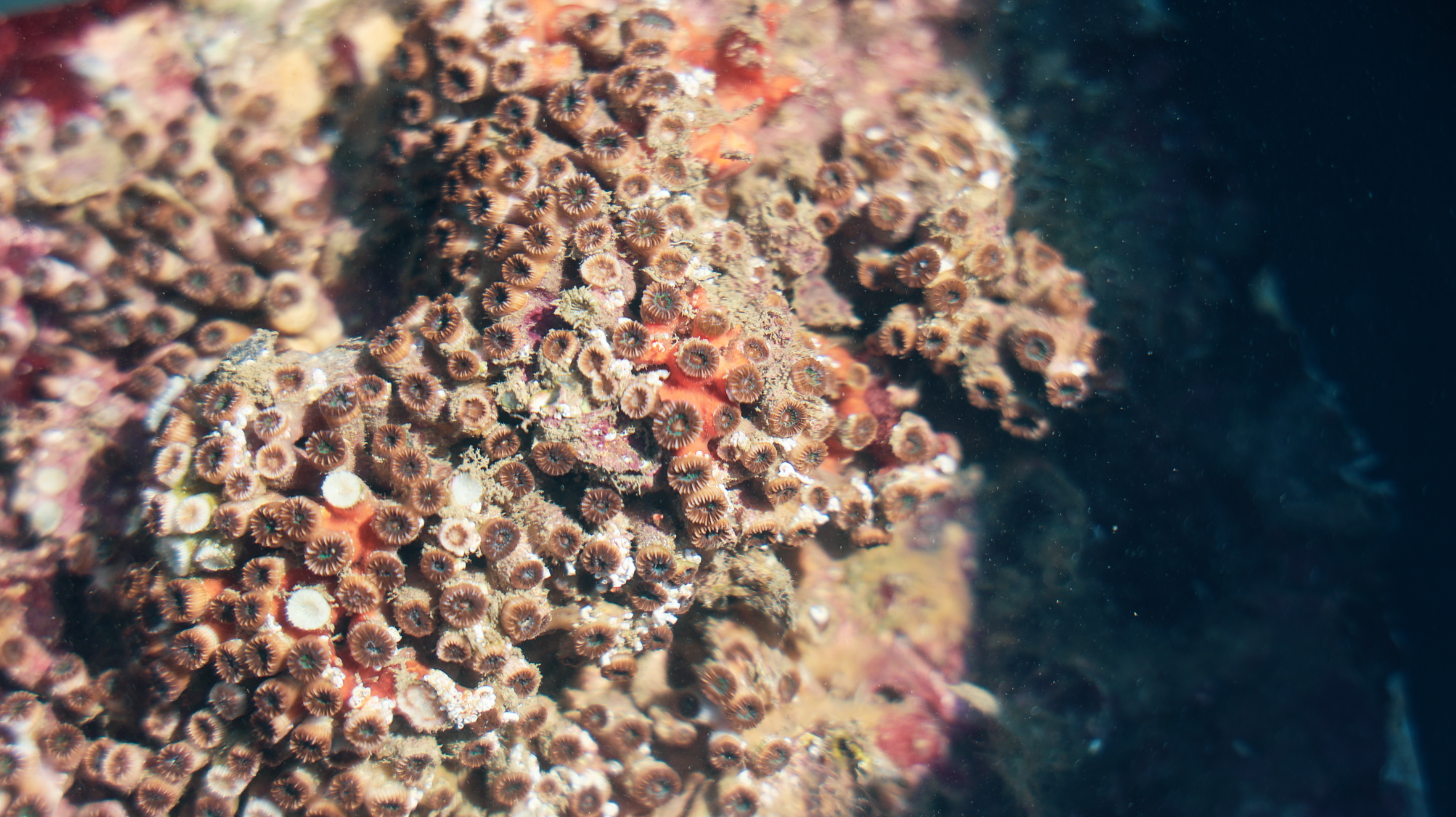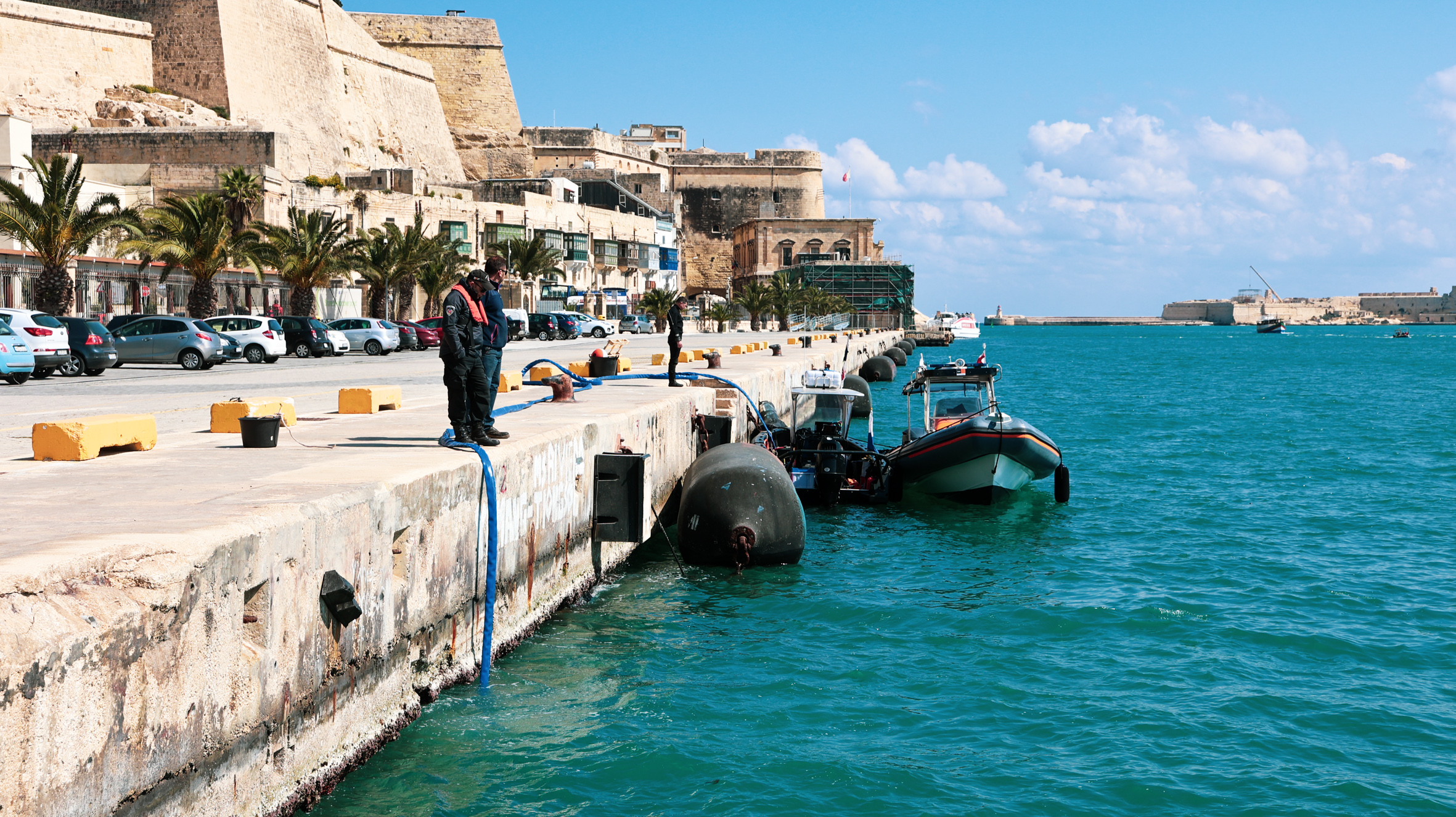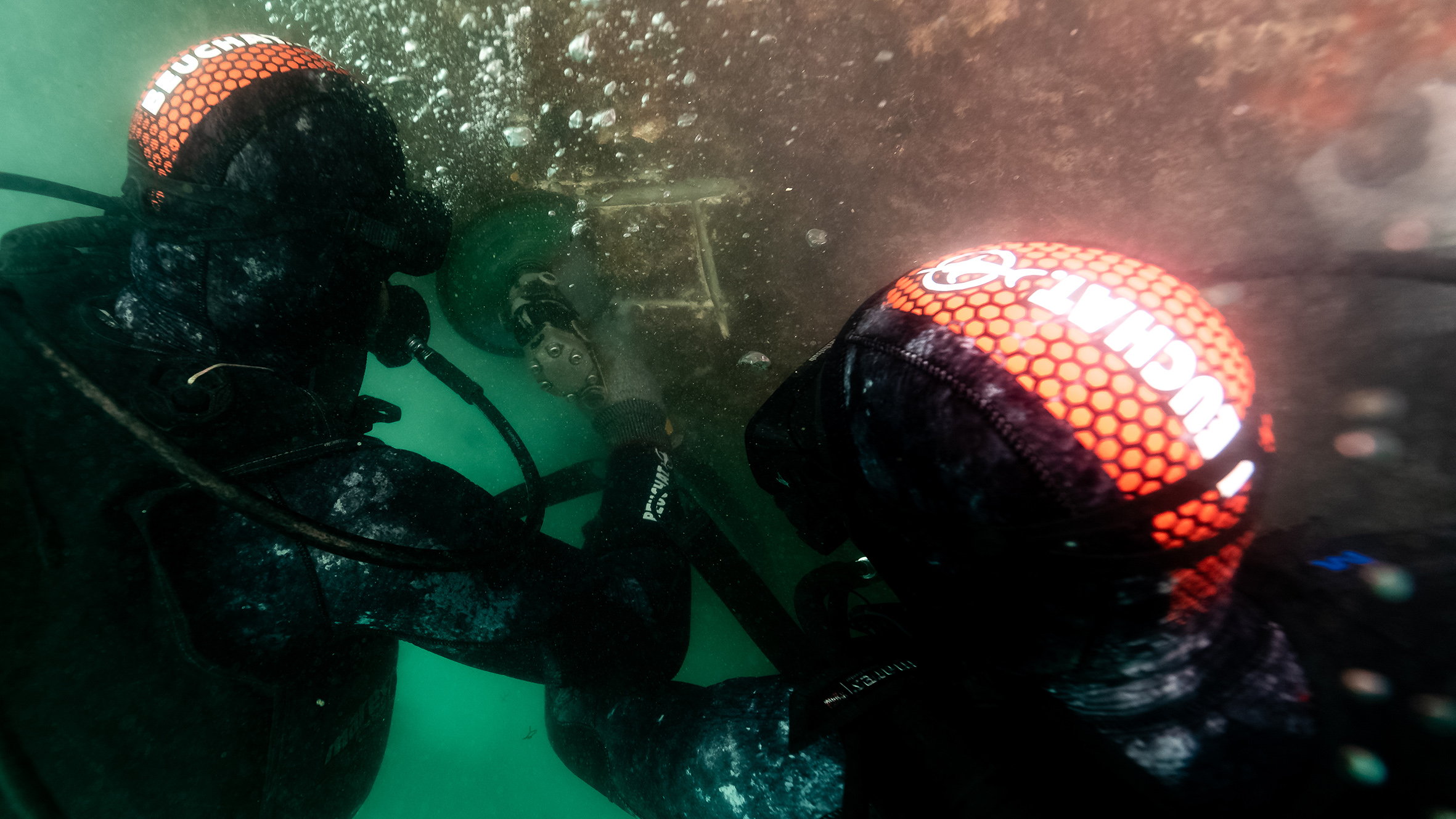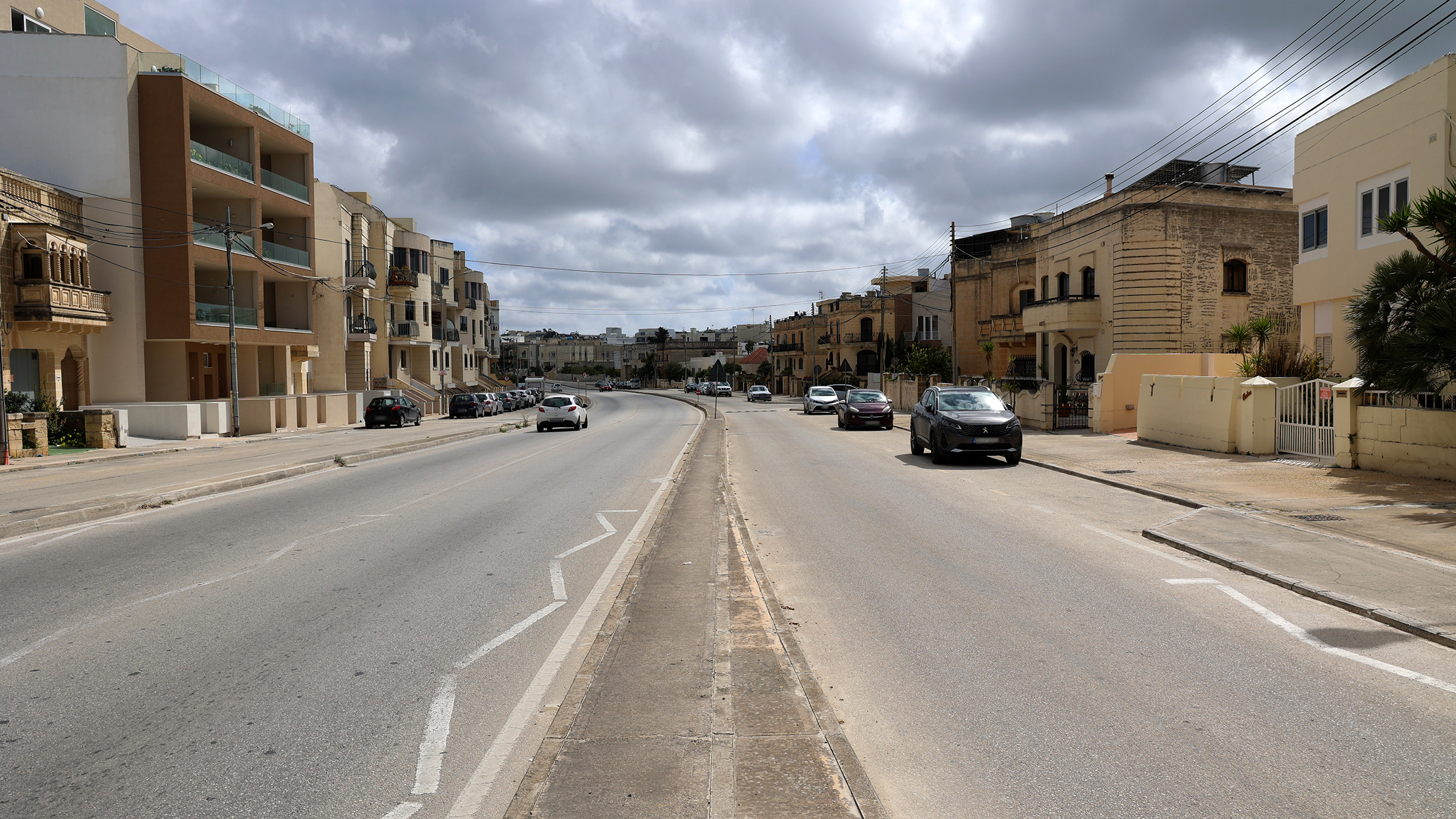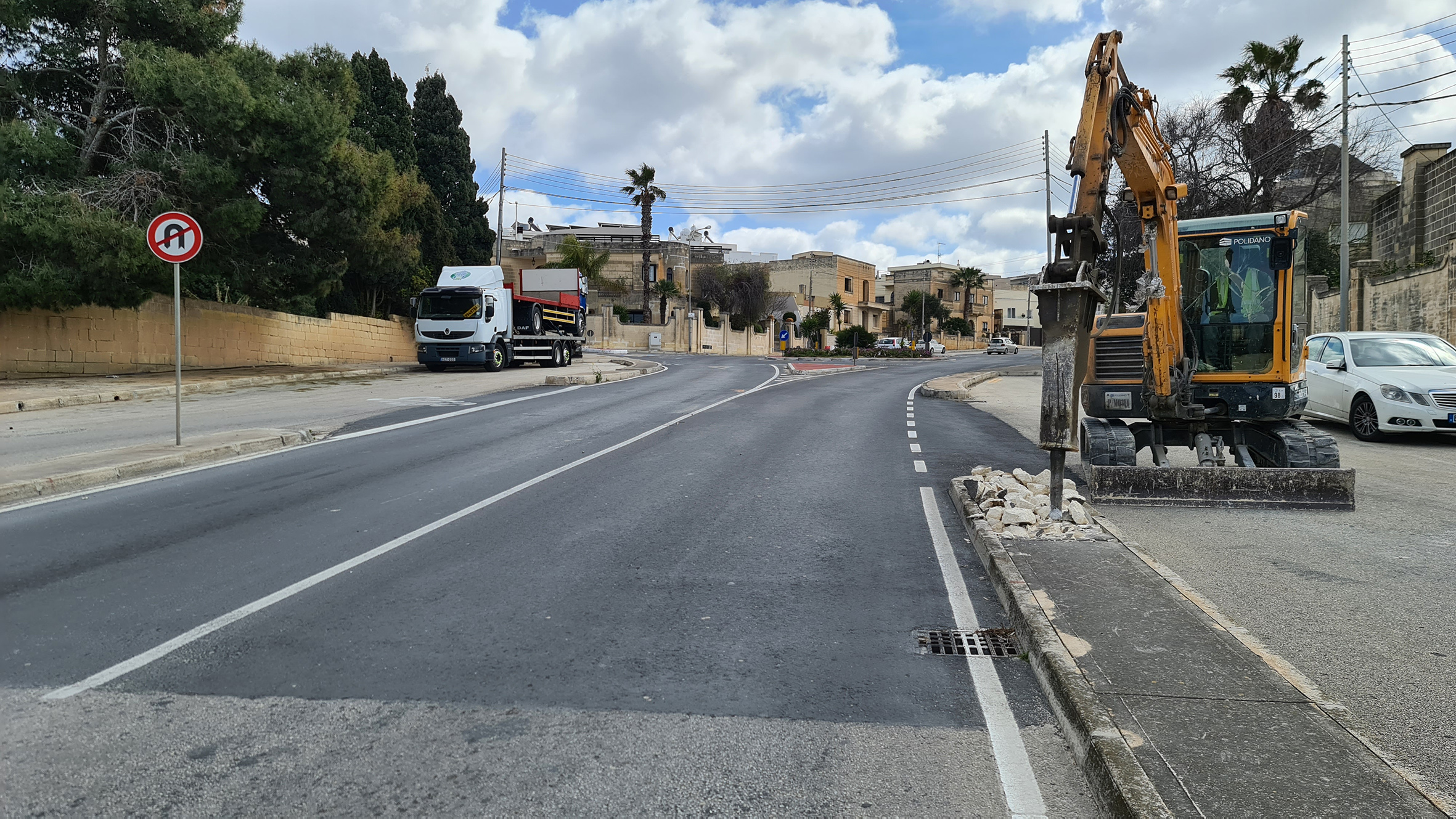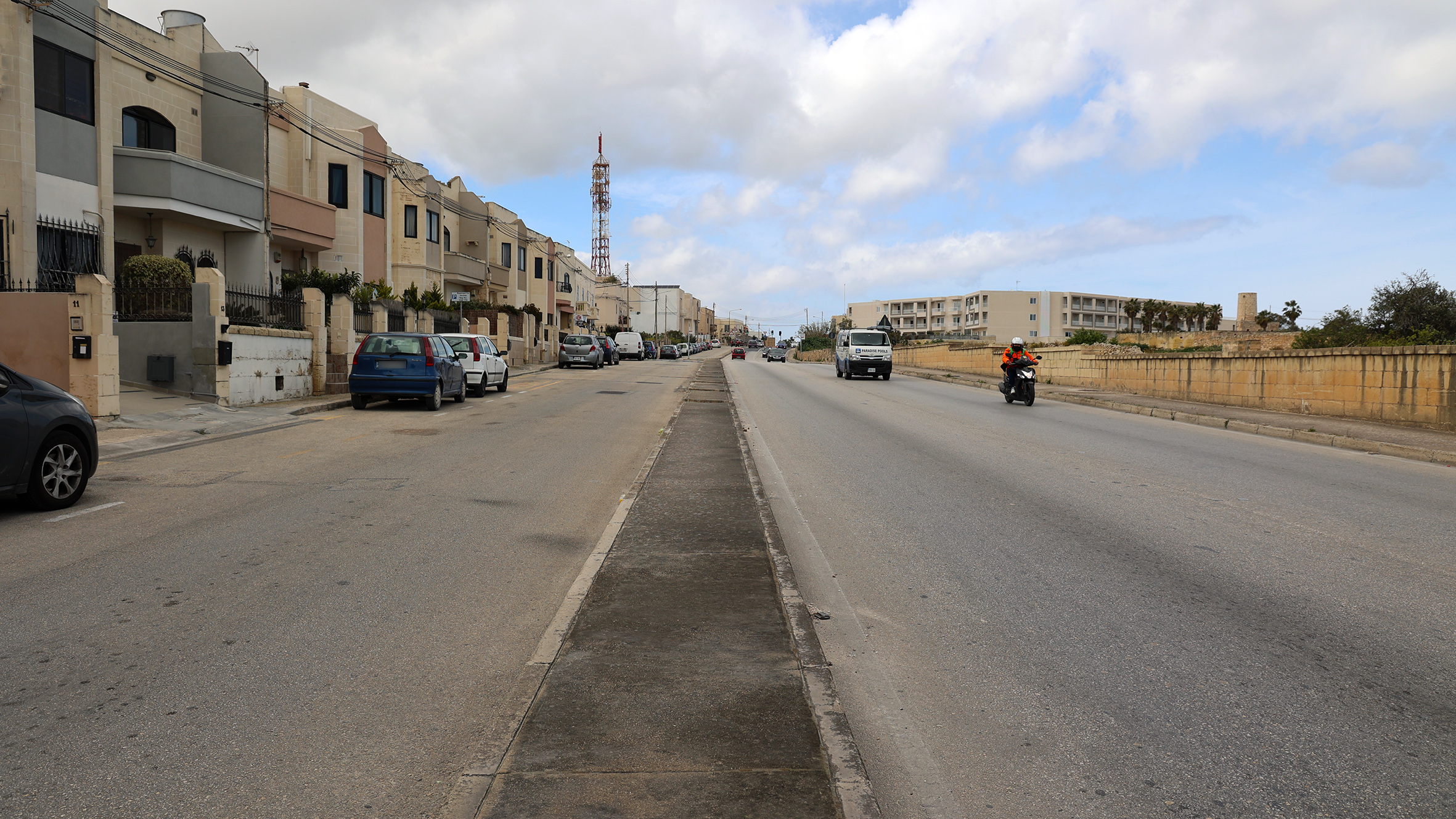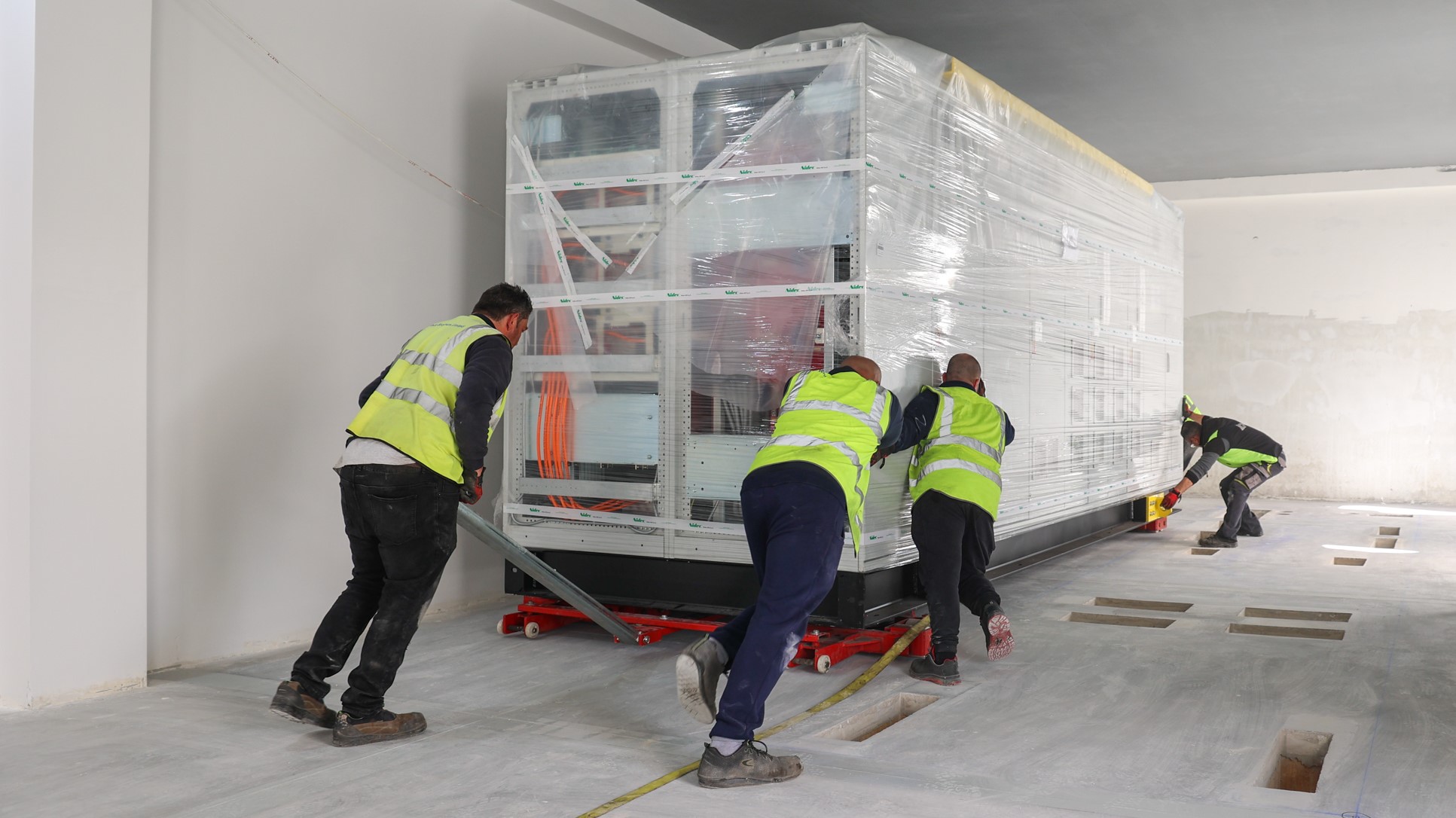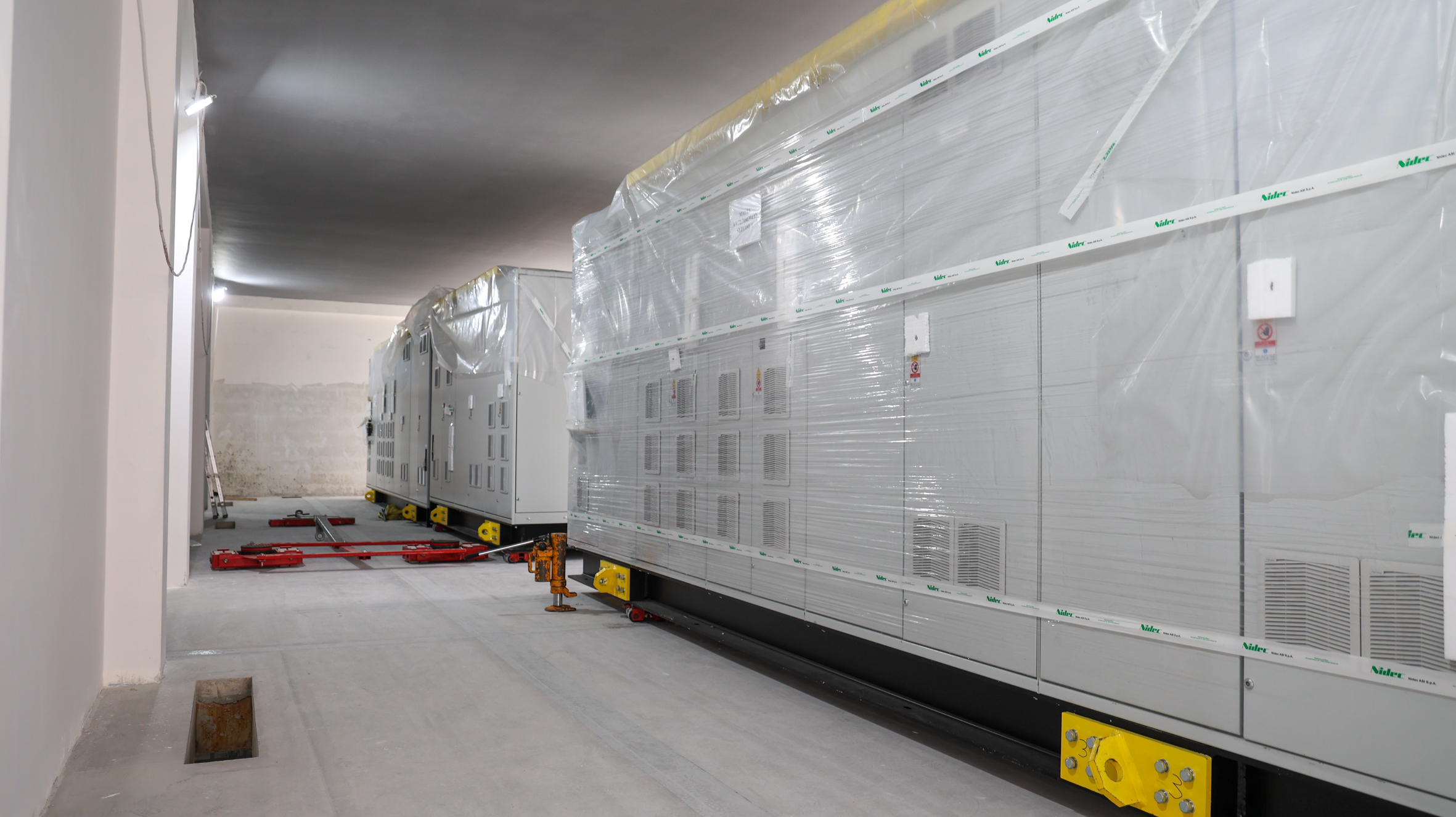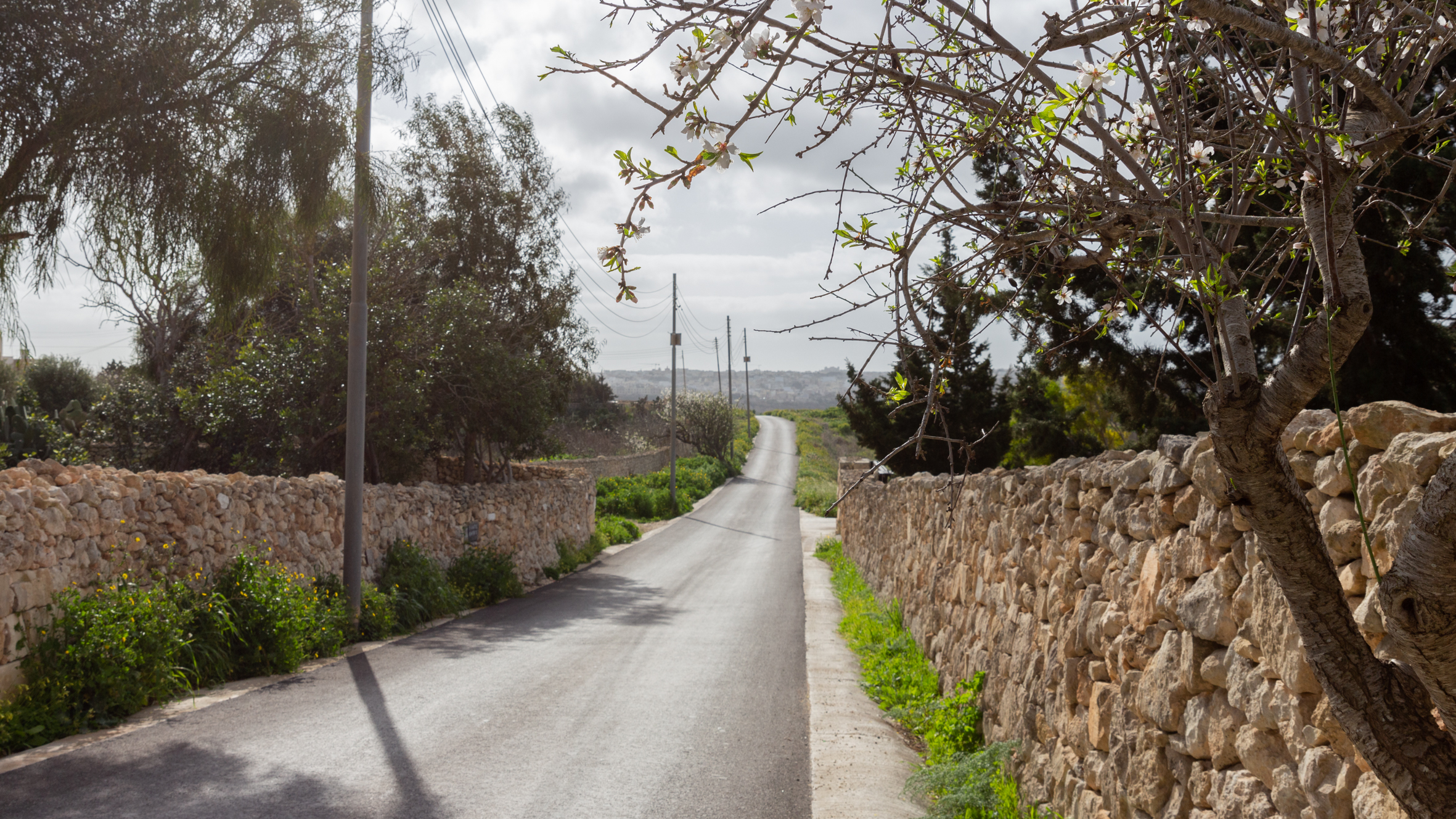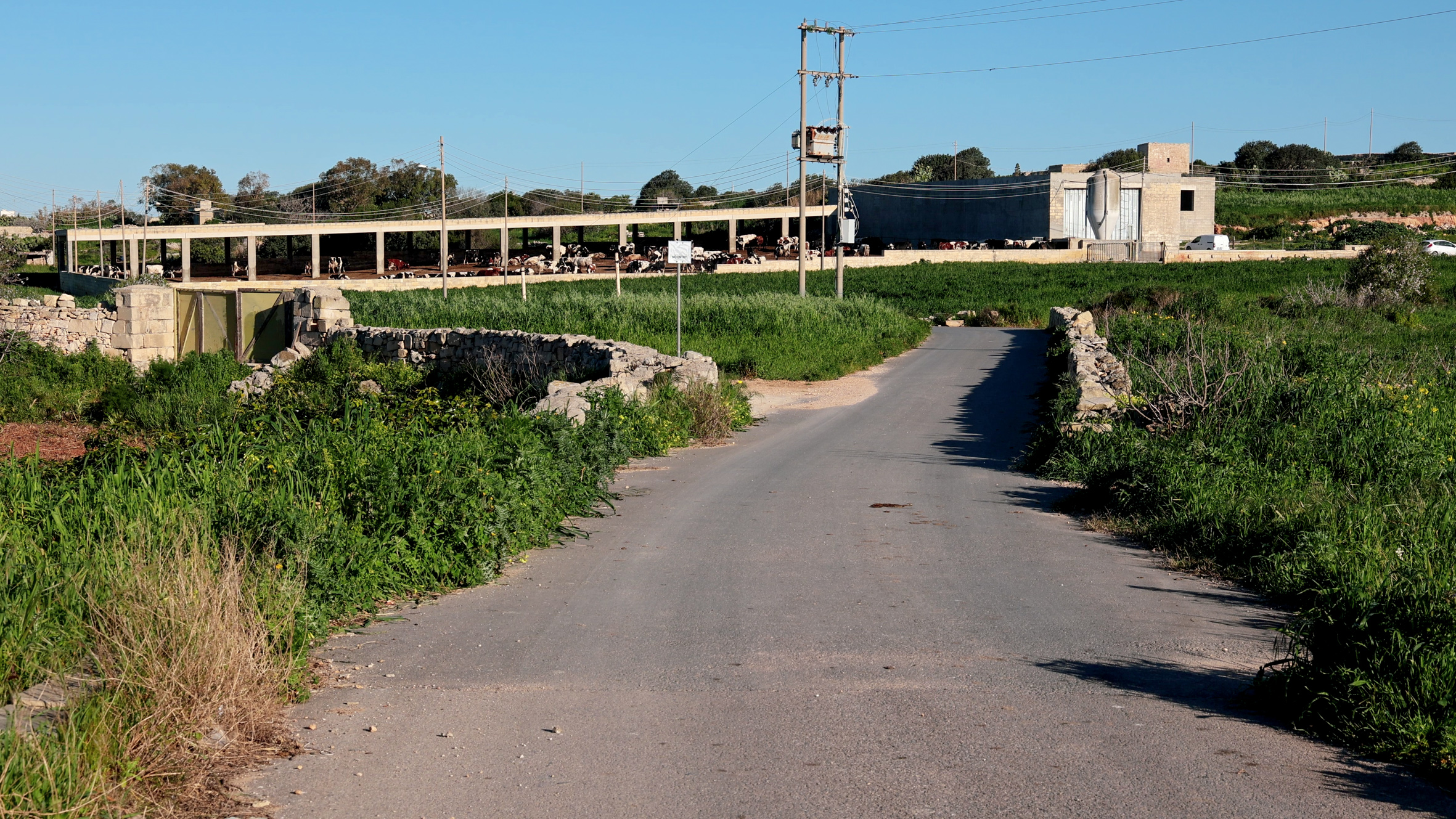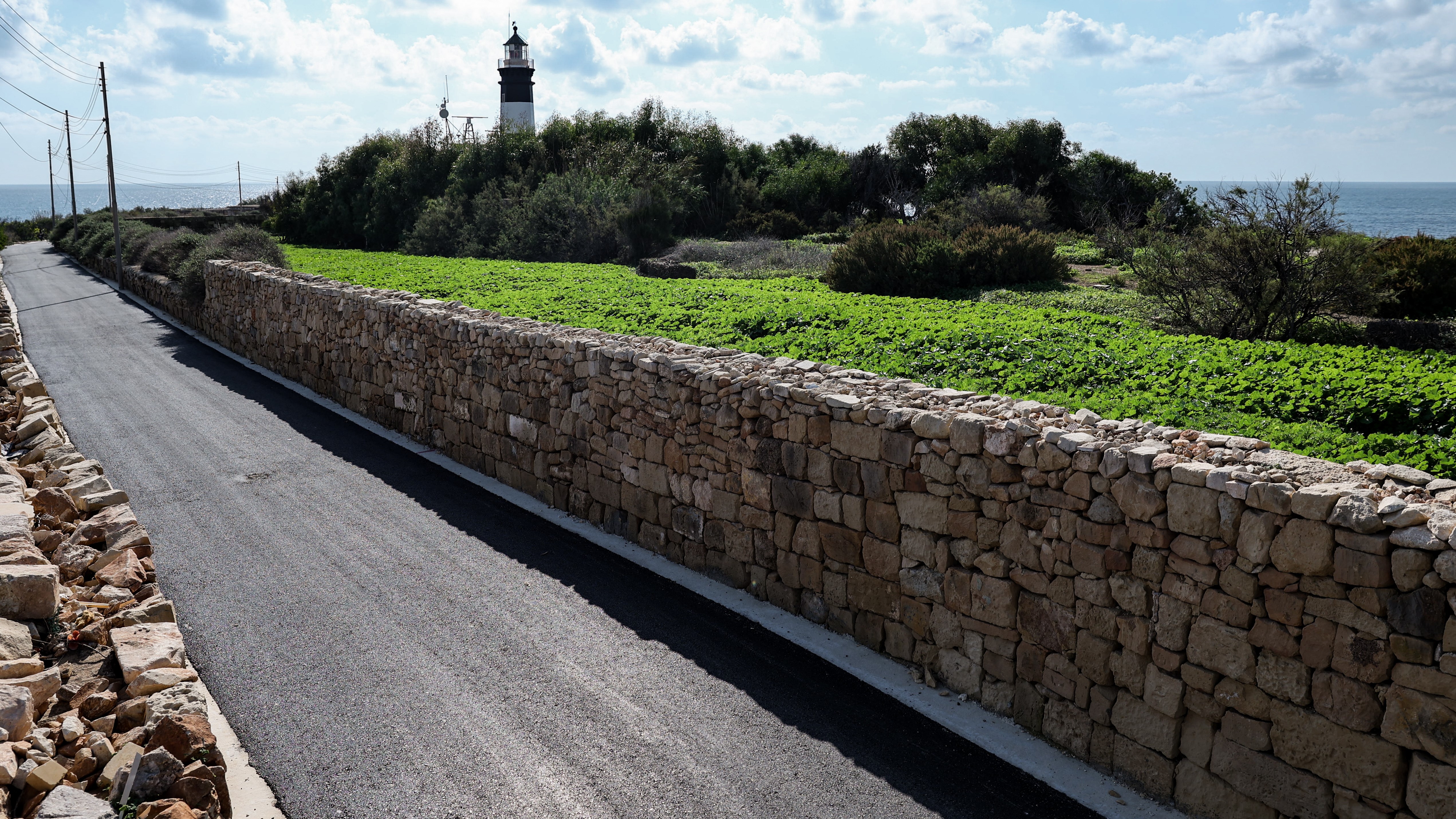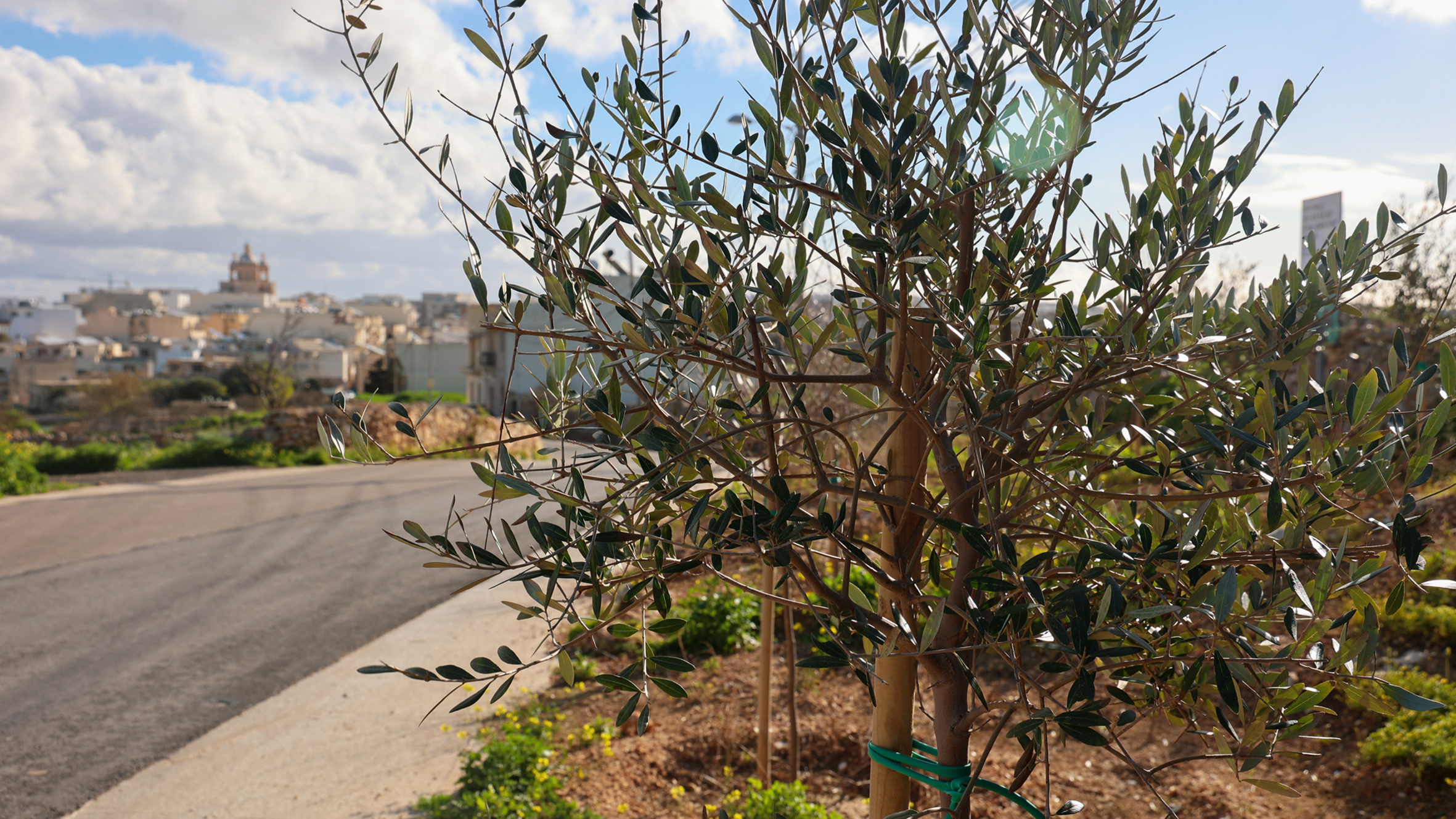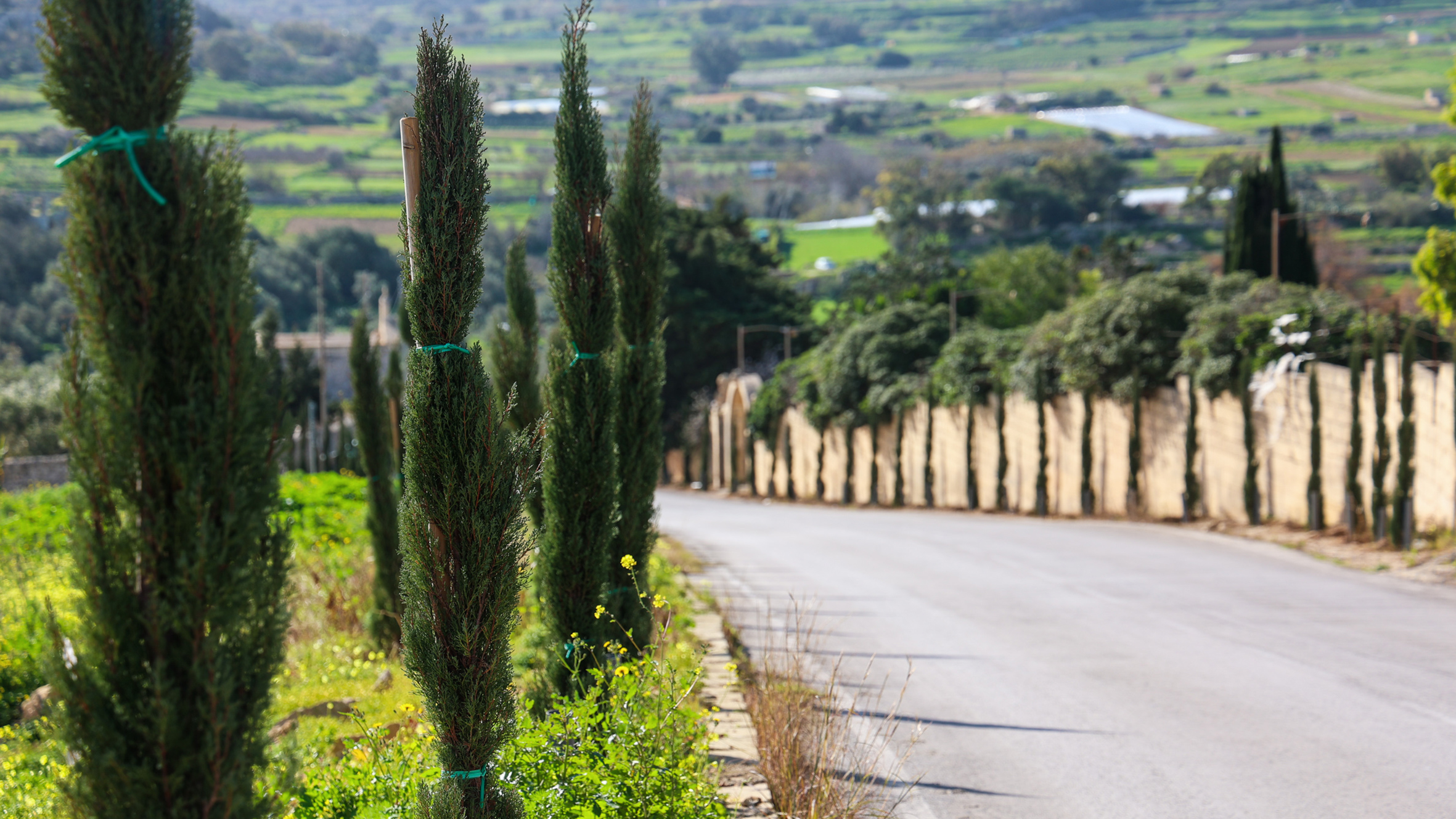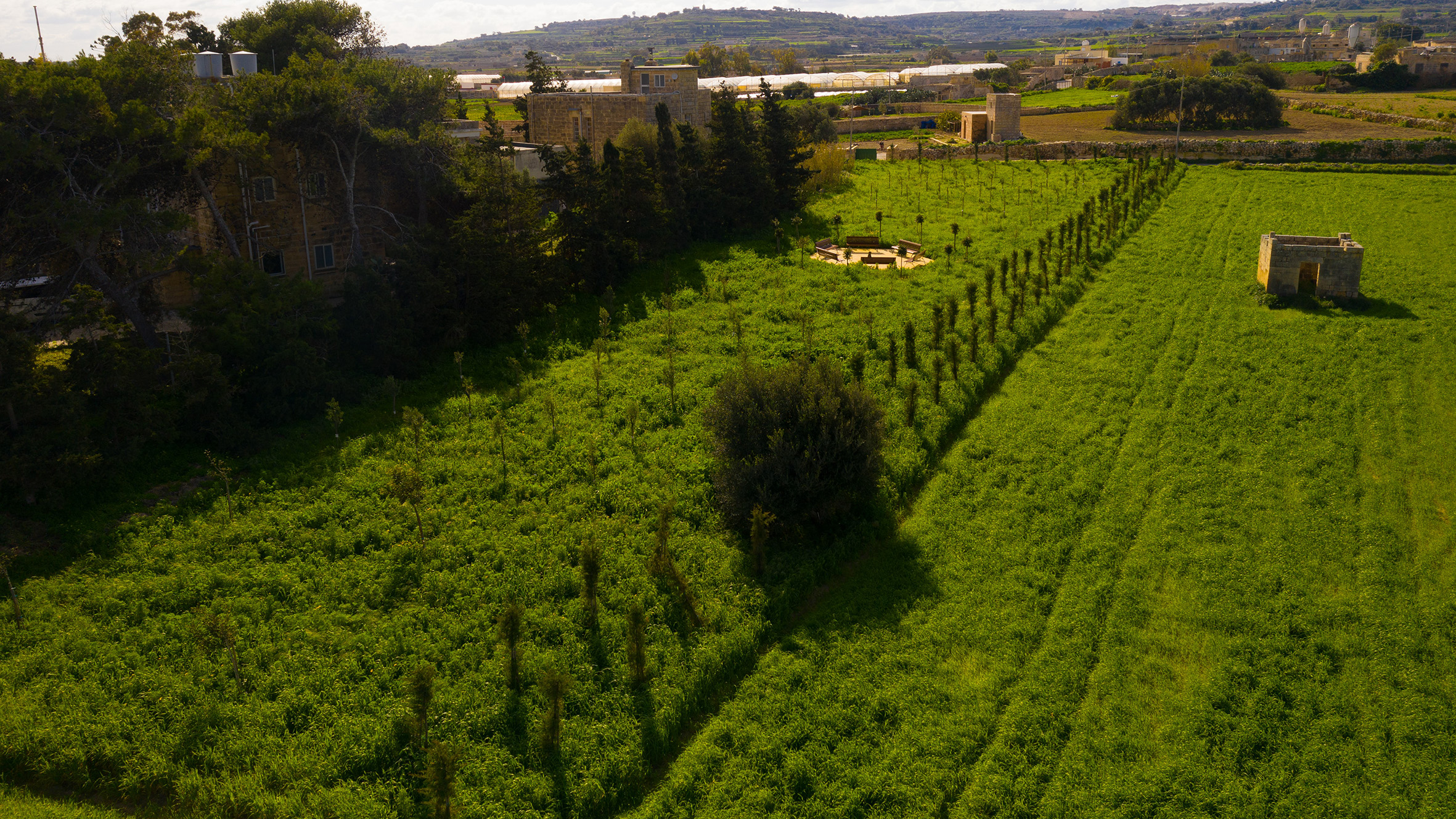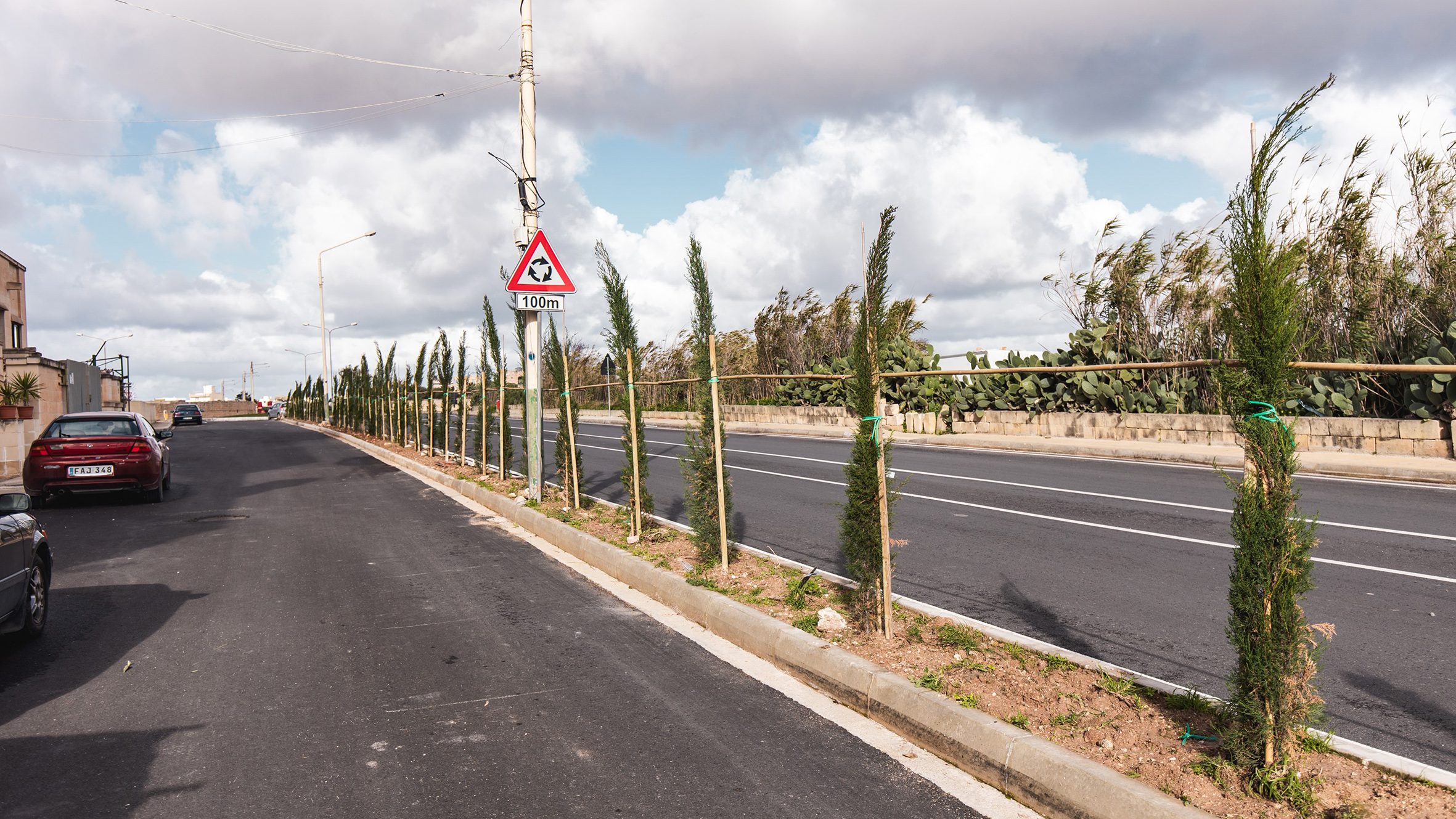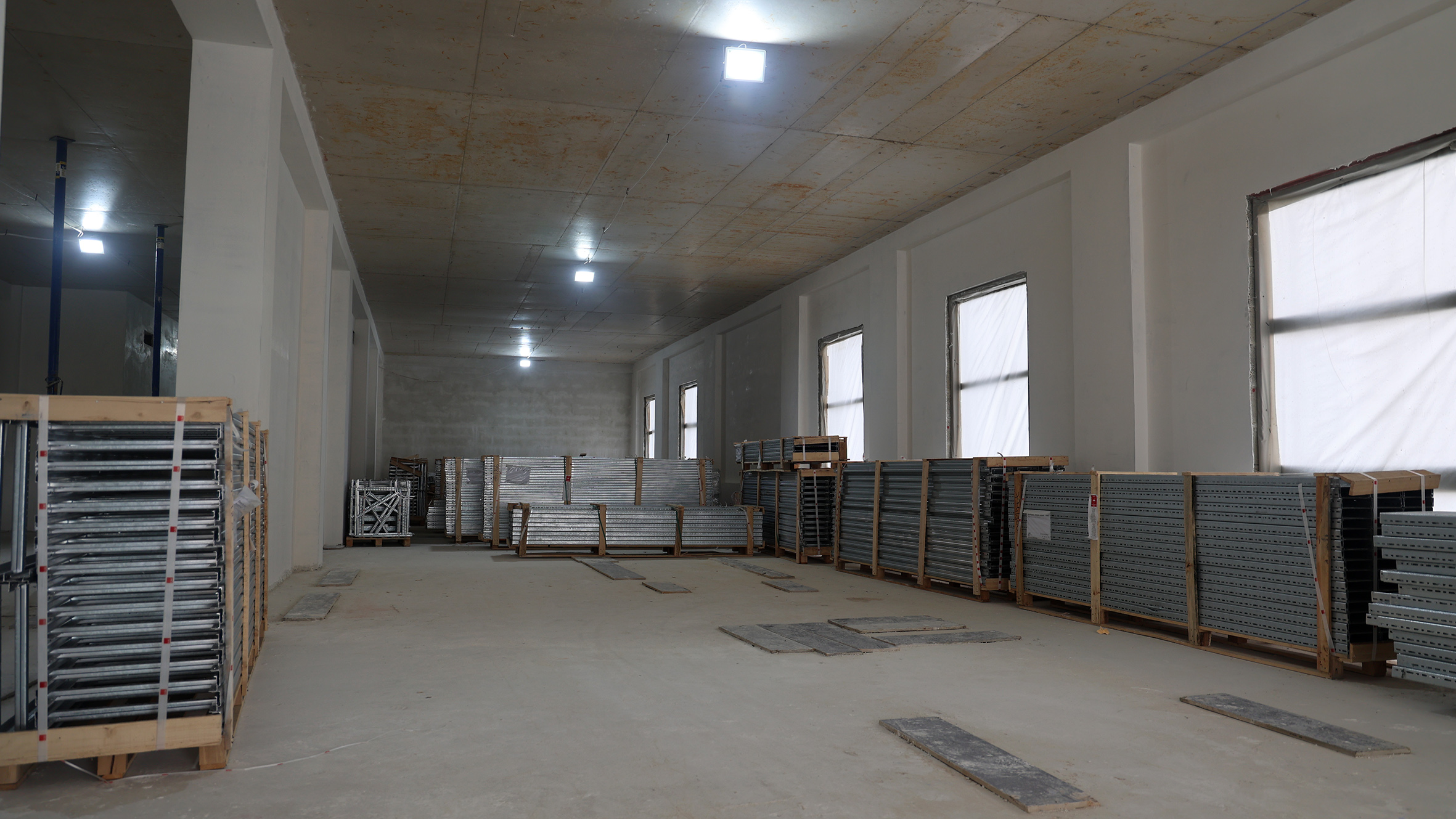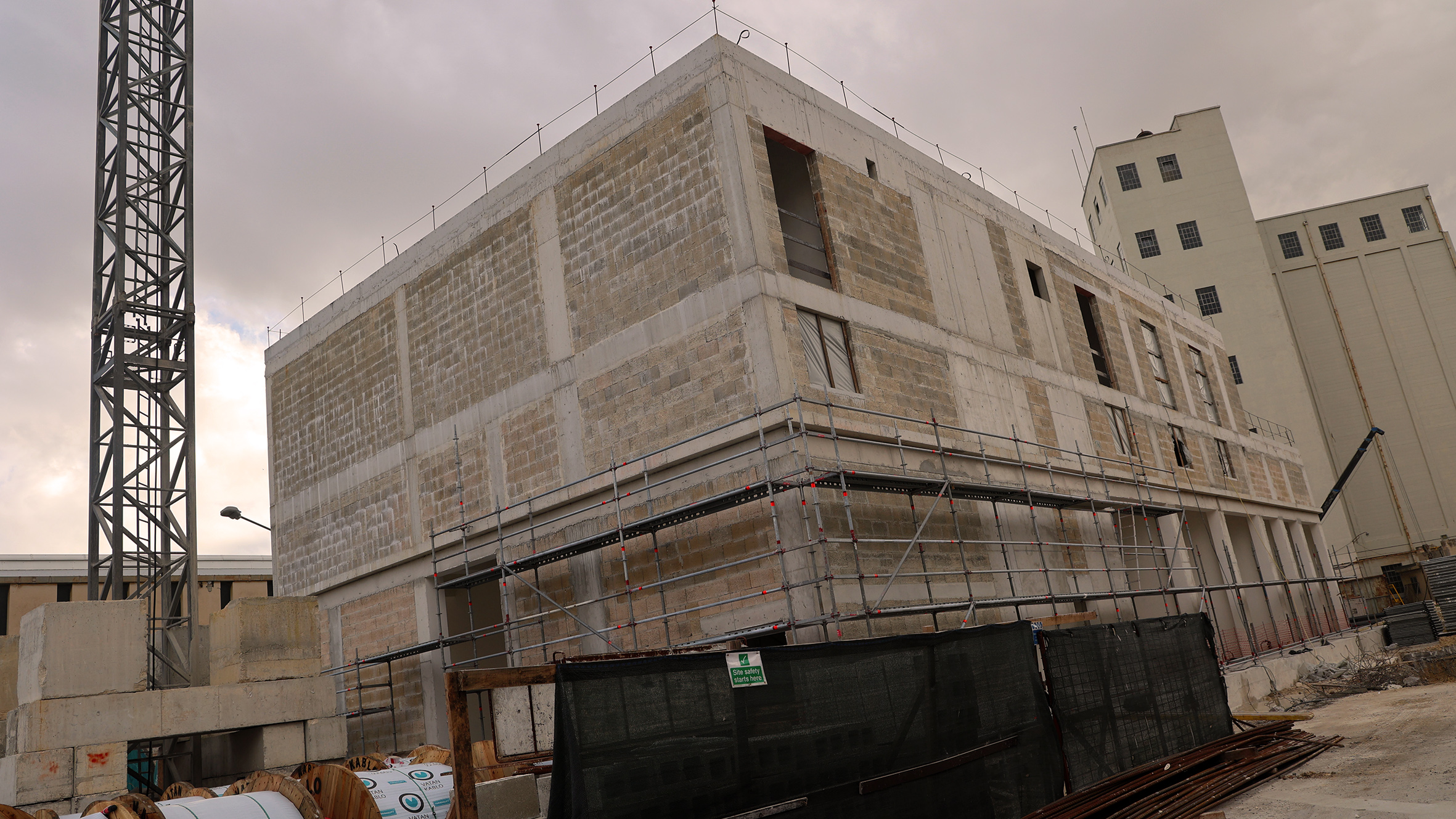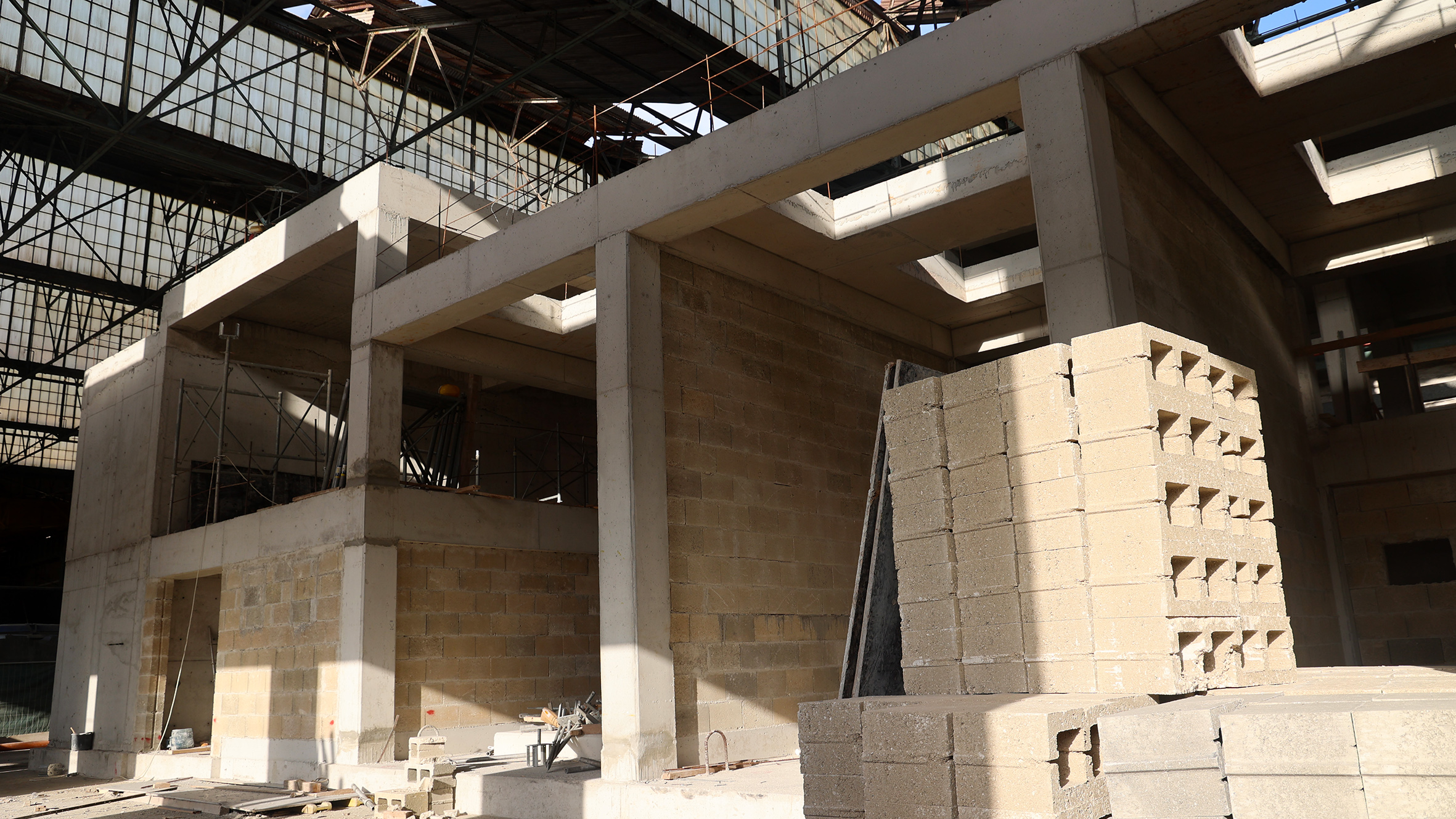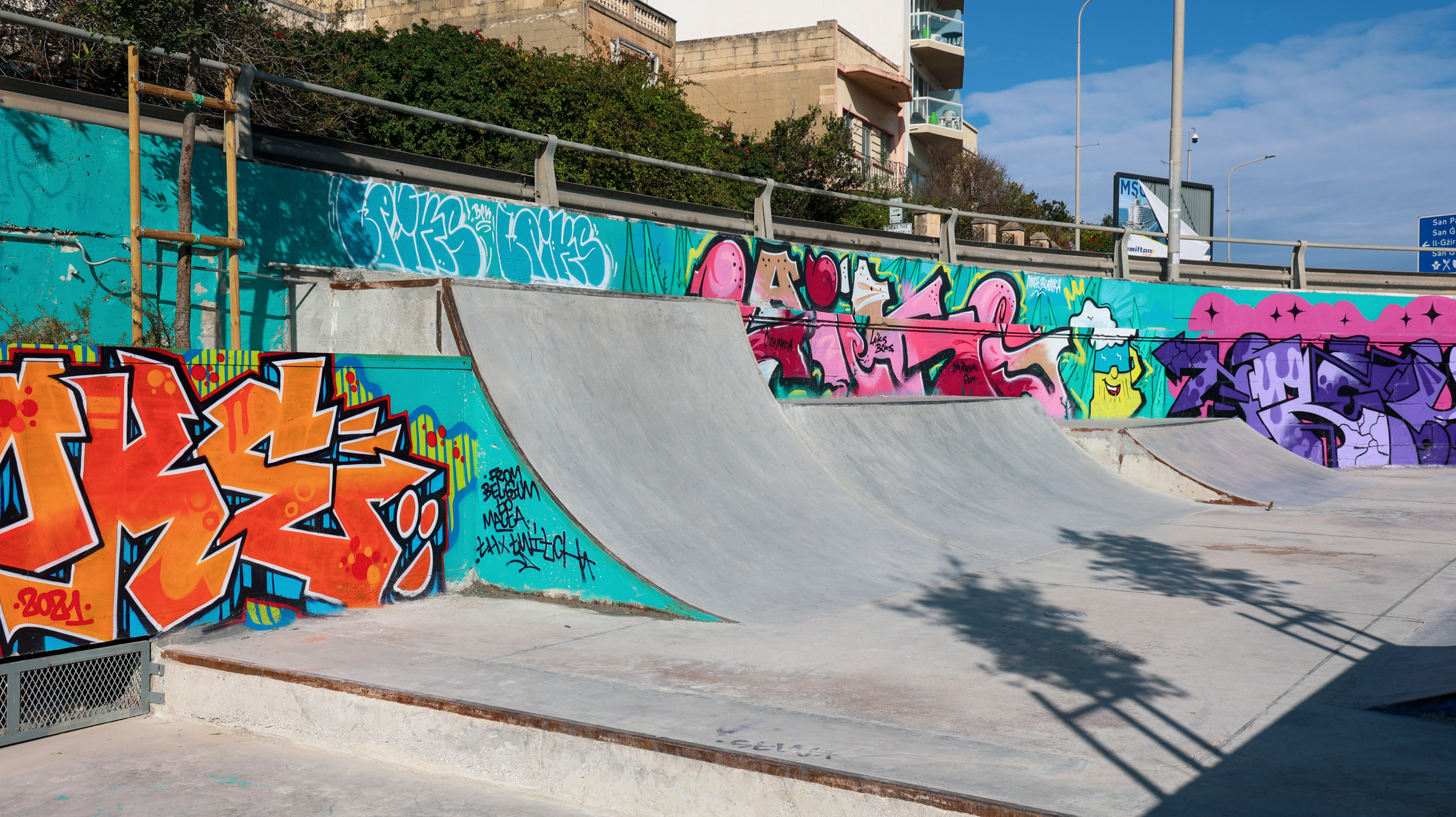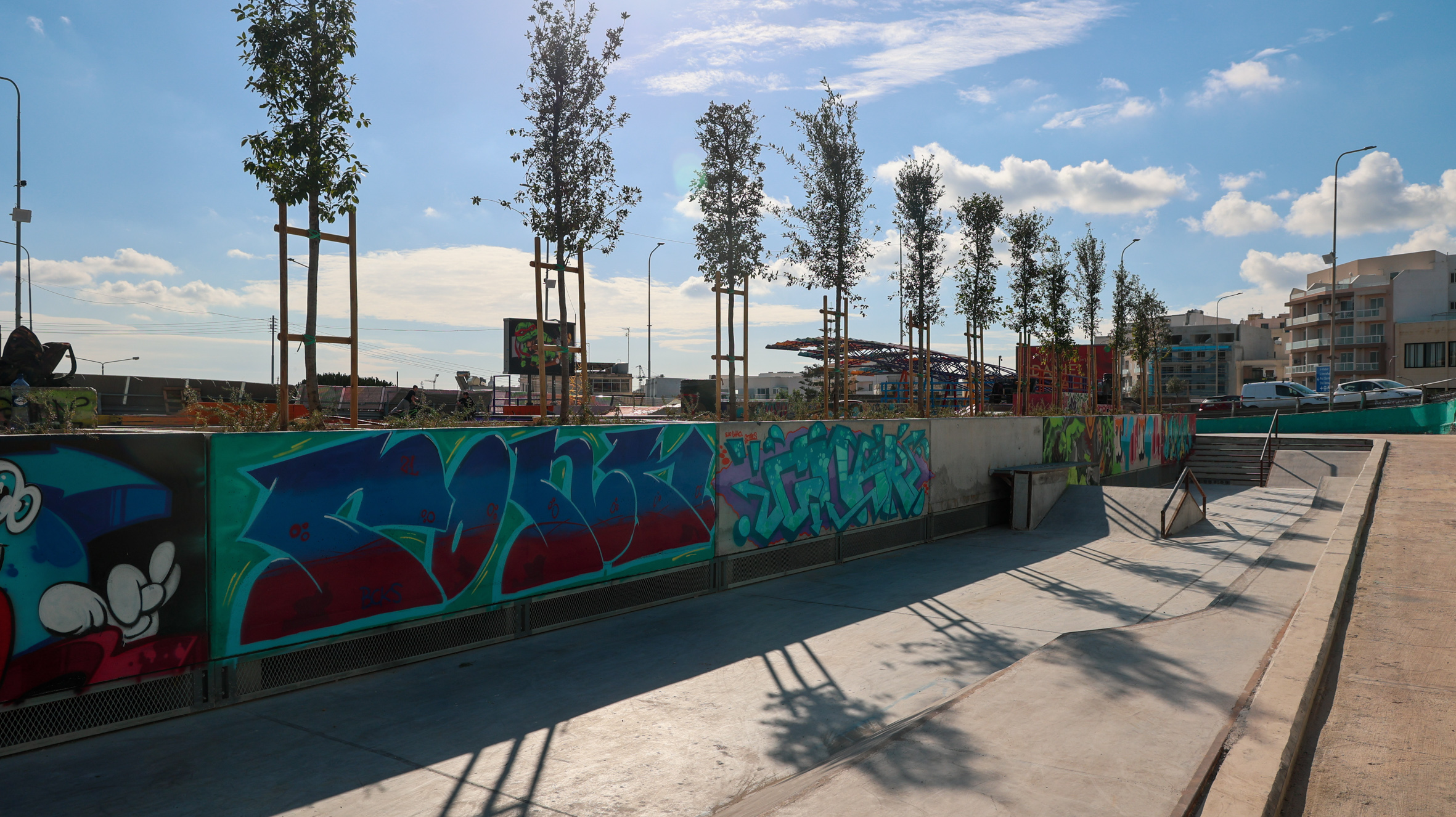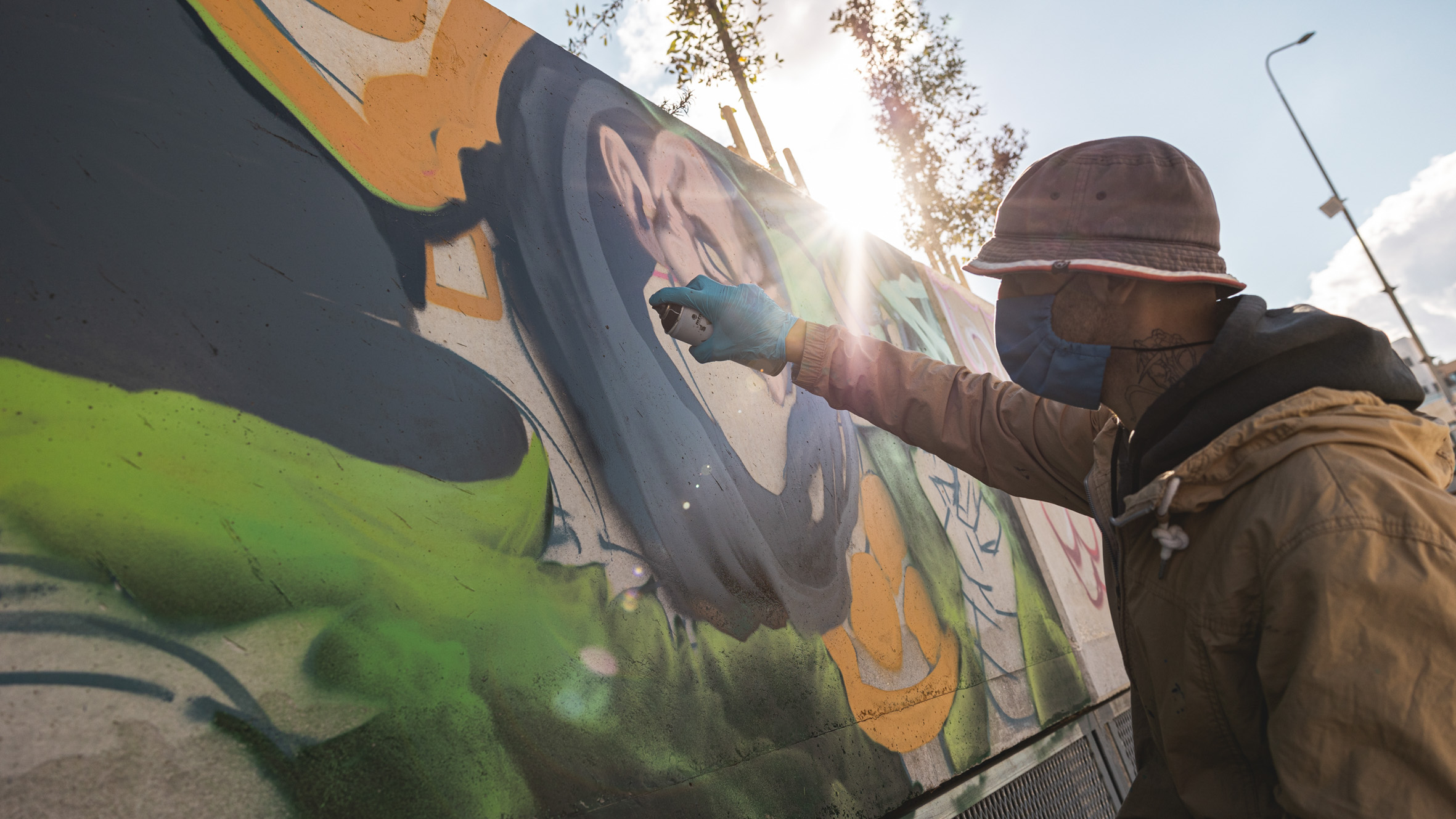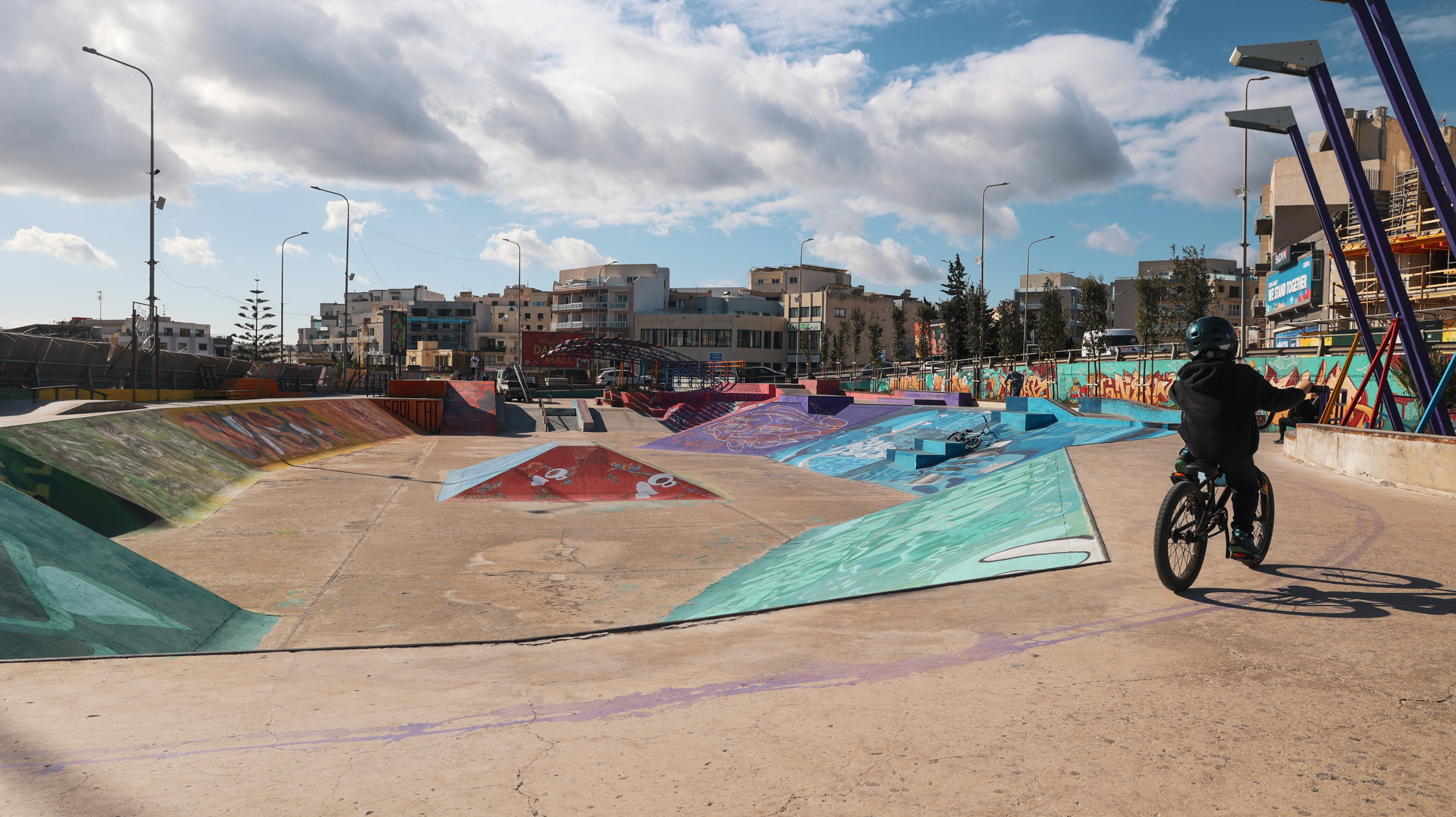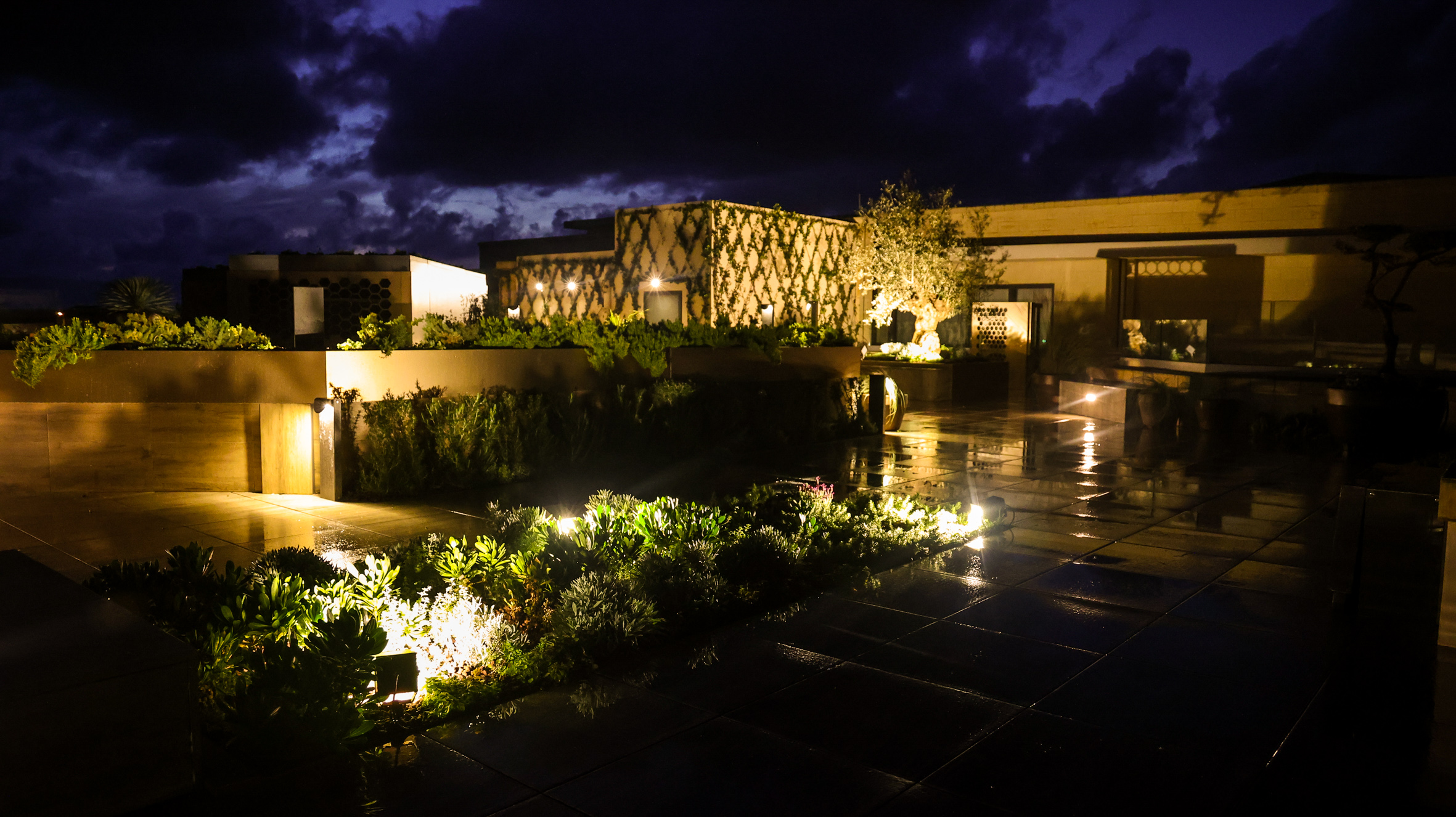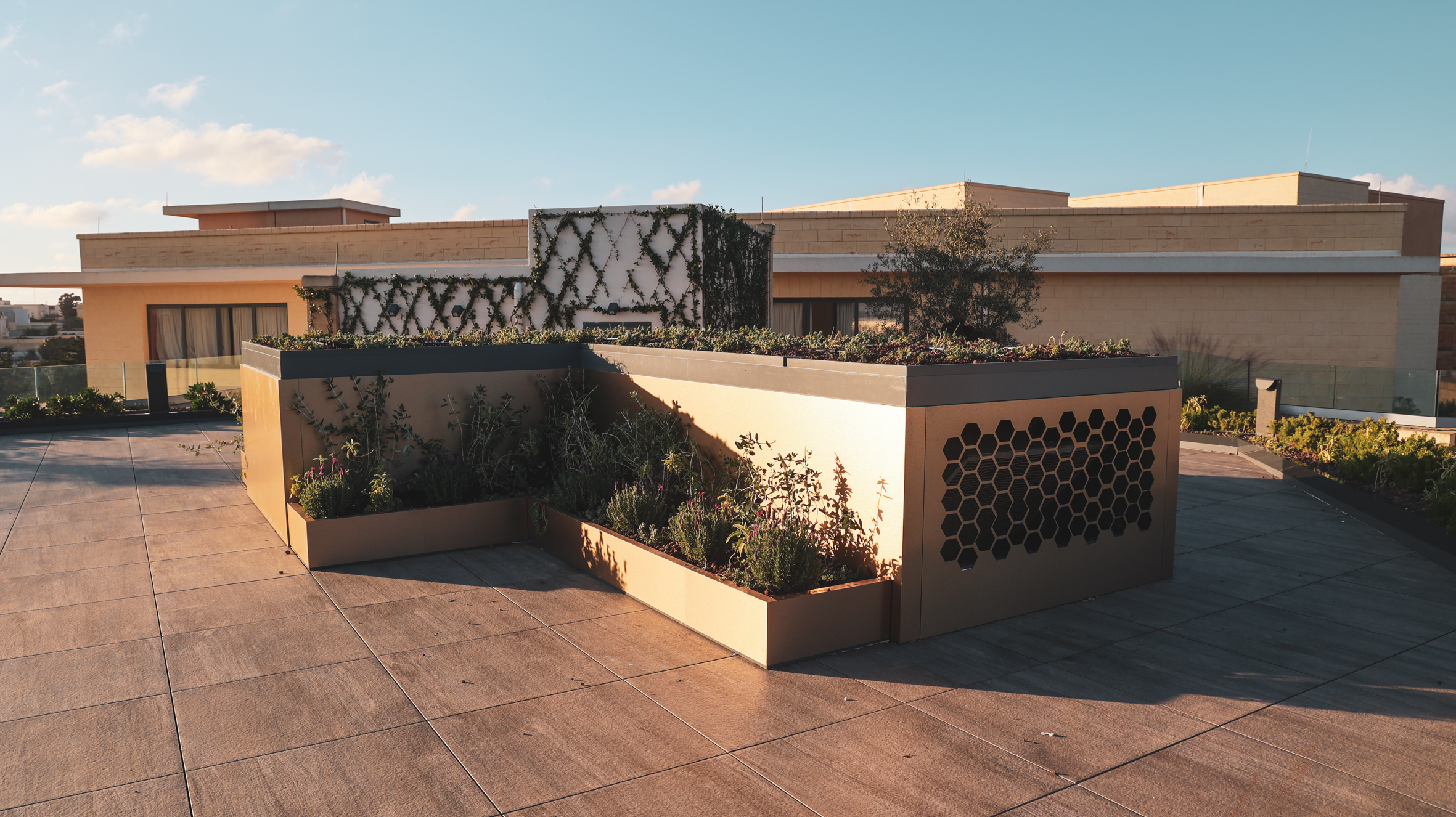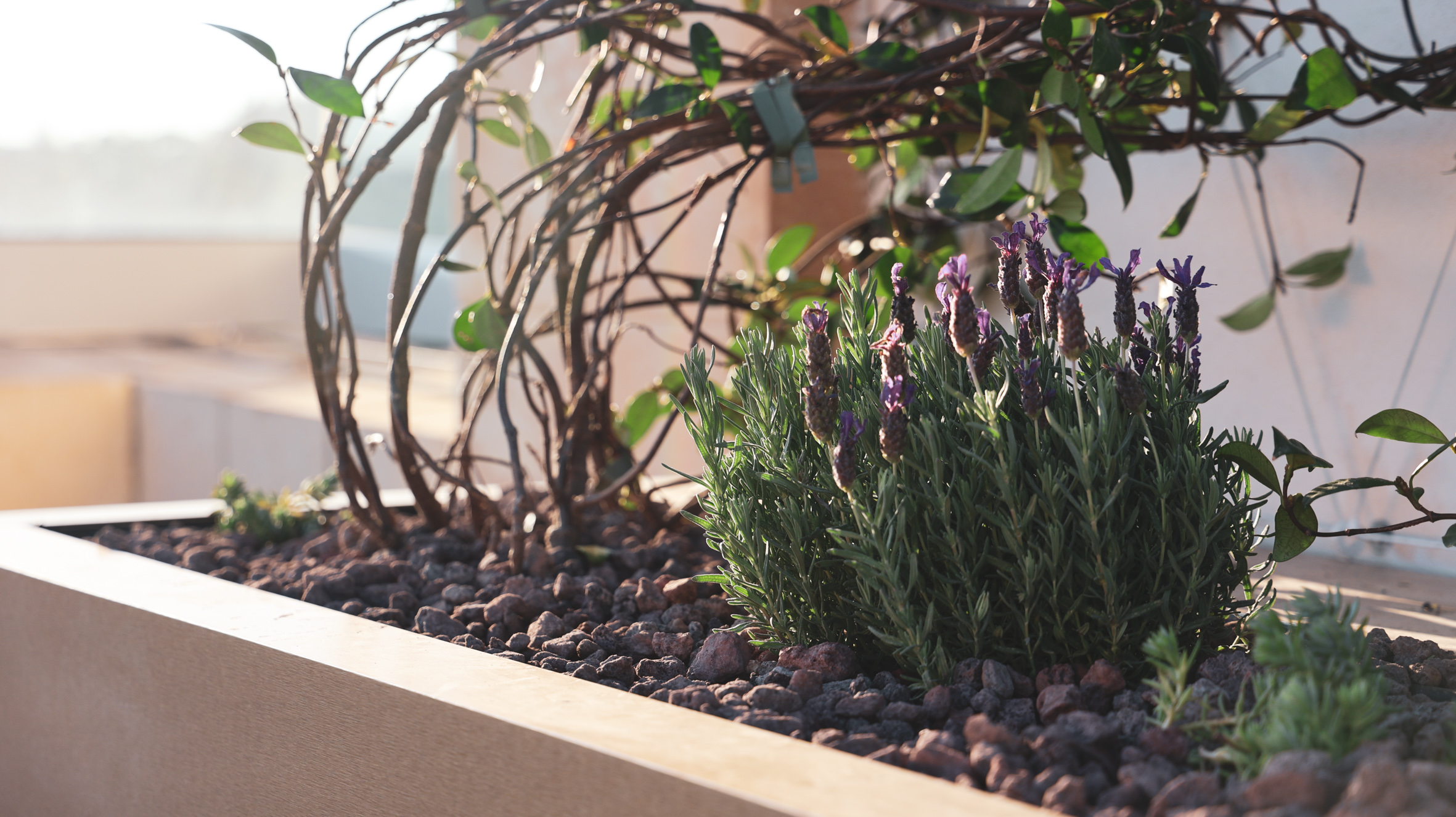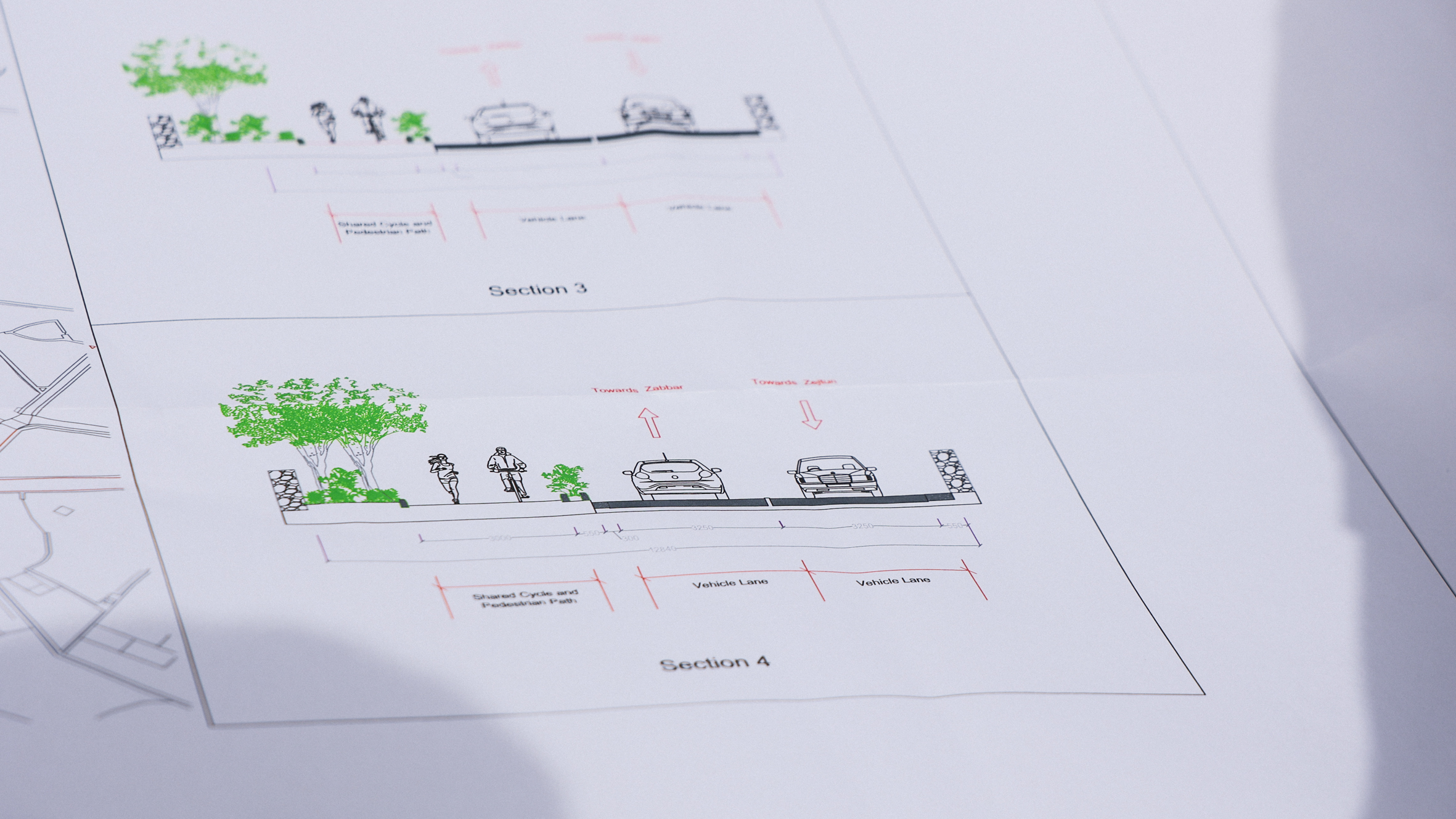
First Vjal Kulħadd project: Works started in Żejtun and Żabbar
Infrastructure Malta is undertaking a project to enhance Triq Żabbar, the road connecting Żejtun and Żabbar, with the aim of creating a safer and more accessible route for pedestrians and cyclists. This initiative is the first project under the Vjal Kulħadd scheme, where the Żejtun and Żabbar local councils have collaborated to improve the safety and accessibility of this key road linking their communities.
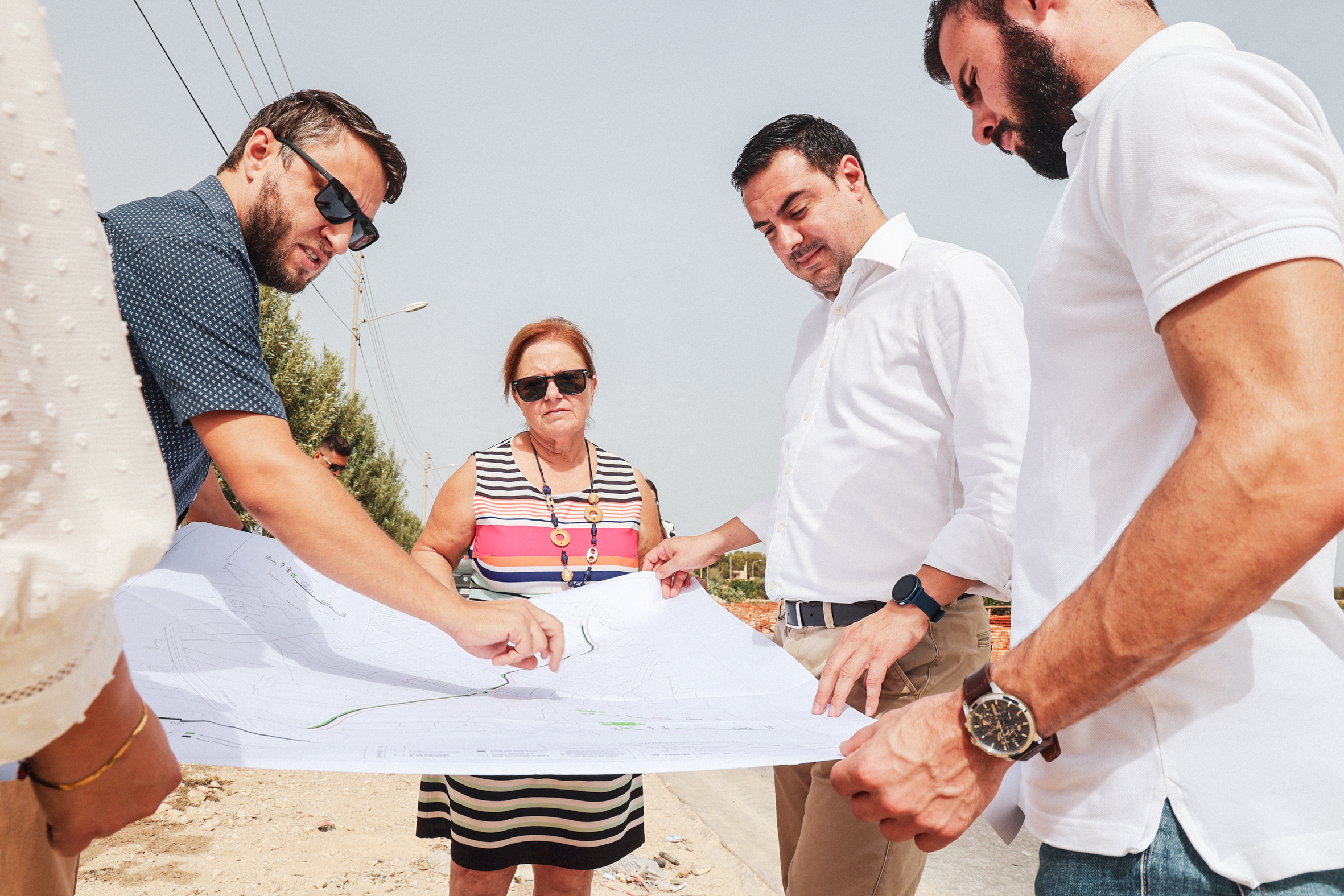
The concept for this joint project arose from the recognition that, while this road is frequently used by the local communities, it lacks dedicated infrastructure for pedestrians and cyclists. Many residents walk from Żabbar to Żejtun via Triq l-Aħħar Ħbit mit-Torok (taċ-Ċawsli) and return to Żabbar through Triq Żabbar. However, the current condition of Triq Żabbar raises safety concerns, as it lacks footpaths and cycle lanes, forcing pedestrians to walk along the edges of the main road.
To address these issues, Infrastructure Malta is working with both local councils to transform Triq Żabbar into a safer and more accessible route. The plan involves creating a segregated passageway dedicated to pedestrians and cyclists, providing a shared but safe space. Although the road's width does not permit a layout identical to that of Triq l-Aħħar Ħbit mit-Torok, the proposed design will ensure a secure route for non-vehicular traffic, significantly enhancing overall safety.
The project, which spans over one kilometer, also includes additional landscaping along the route, integrating existing trees and rebuilding rubble boundary walls; works that are already underway. It features all the key attributes of the main scheme objectives such as: links with existing alternative cycle routes, walking paths between villages, new cycle paths and aesthetically pleasing walking paths. The extension of such shared mobility lanes will mean an extra 1,800sqm of new landscaping area and an additional 80 trees lining the road.
Moreover, Infrastructure Malta is aware of the recurring ponding issues along this road and will introduce measures to address and reduce stormwater runoff settling within the road surface, ensuring a better experience for all users.
“This collaboration between the Żejtun and Żabbar local councils under the Vjal Kulħadd initiative is a perfect example of how we can work together to enhance community spaces,” said Steve Ellul, CEO of Infrastructure Malta. “By creating safer and more sustainable routes for pedestrians and cyclists, we are prompting safer, more sustainable transport options.”
For more information about Vjal Kulħadd, please visit our website: vjalkulhadd.com


